Memphis filmmaker Kevin Brooks has 15 tattoos.
“I have a rose on my thumb because I just love love,” he says. “I love the idea of love. I just struggle with it a lot.”
He has a sailboat tattoo on his wrist. That’s a reminder to “remember to just go with the flow. Life will take you this way and that way.”
Since Brooks, 30, began making movies as a child, life has taken him to the Sundance Film Festival as winner of the Sundance Ignite award. He won the $10,000 Memphis Film Prize twice for his movies in 2018 and 2019. And he’s earned several awards for his short films and music videos at the Indie Memphis Film Festival.
His recent movie, “What Were You Meant For?,” which deals with Black male identity, is included in the current Crosstown Arts film exhibition.
Filmmaker Craig Brewer is a Brooks fan. “I remember seeing this short he had made and thinking, ‘I’ve never seen Memphis kids skateboarding look so epic and beautiful,’” Brewer says. “It was cinema. It wasn’t just skateboarding. Ever since then Kevin has been growing as a storyteller, as a director.”
It all began with Power Rangers when Brooks was 5 years old. “I used to have toy Power Rangers as a little kid,” Brooks says. “And I used to mimic their voices and make them do certain things.” He reenacted scenes from the Power Rangers shows. “I guess that was my way of storytelling and making movies.”
When he was 6, Brooks began using a VHS camcorder his dad bought. “I remember him taking it around the house saying, ‘Press this button,’ which was the red button. ‘And you go and record things. Then if you hit the rewind button, you can watch it back.’ I thought that was the most amazing thing ever. He taught me stop-motion animation.”
Brooks began filming his Power Rangers with his dad’s camera. “I’d just pan back and forth, left and right. After I did that first recording, I would go around recording the dog and just anything.”
That same year, his parents took him to see The Matrix. “That movie was more visually appealing than any movie I had ever seen. It just blew me away. For one, I visually remember the infamous Keanu Reeves-dodging-the-bullet scene. And I remember trying to recreate that. Just myself. Just in my room. Trying to bend backwards. Keep falling over and over again.”
After viewing the movie 20 times on a VHS tape, Brooks discovered the movie included a special feature at the end of the credits that showed how the moviemakers created that bullet effect. “I knew movies weren’t real, but seeing what went into it and seeing the directors telling people it would be this and that, I think that is what got me. Just, ‘This is a world I have got to be in.’”
Skating to Sundance
By the time he was 7, Brooks was making short 30-second films. He didn’t think he wanted to make a living as a filmmaker, but, he says, “I knew I wanted to be in the realm of making movies. At the same time, I was playing basketball really heavy.”
Basketball overshadowed moviemaking for a while. But Brooks continued to get blown away by cinema. He loved films by Quentin Tarantino, Terrence Malick, and Steven Spielberg.
Basketball, eventually, took a backseat to filmmaking. “That’s when things started to change. Before that, I was really wanting to go down the path of being a basketball player. Trying hard. My love just wasn’t there for it anymore. Before the games, I dreaded playing. It was a weird feeling.”
Plan B was moviemaking. “It was always around.”
To make a little cash on the side, Brooks made music videos for local artists. Making videos as well as short films in high school helped him as a filmmaker. “It taught me how to record on the fly. How to grab what I need for the edit and think of the edit while I’m recording — that taught me a lot. At the same time, I knew I wanted to tell my own stories and gear more toward narrative and documentary filmmaking.”
Brooks, who majored in film and production at University of Memphis, made a short film, “Keep Pushing,” during his senior year. “That was my first thing I was super proud of.”
His idea was to cast real skateboarders to showcase their expertise. He then met skateboarder Husain Razvi, who told him, “Man, what if you just follow me around?”
“I was like, ‘Follow you around?’ Husain can skate, but he’s not doing tricks. What he’s doing is just kicking the board, going down the ramps, but nothing exciting like I was going to have these guys doing.”
Then, Brooks says, “A light bulb clicked. And I was like, ‘I was trying to tell the story of all these people who are great skaters.’”
Instead, he shot Razvi. “I filmed him every single part of his day.”
The 10-minute film turned into a documentary. “It was great footage. Him interacting with kids. Him talking about life.”
Brooks was looking at his phone one day in geology class when something caught his attention. “I see that Sundance has this program for 18- to 24-year-olds for short films. It has to be 10 minutes long. You have to turn it in within the next two weeks.”
Brooks went to work on his film about Razvi. “For the next two weeks, all I did was edit. I stayed up every night editing it. I put my own music to it.”
Four weeks later, Brooks received an email that read, “You have been selected as one of the top five filmmakers to be part of the Sundance Ignite program. We will fly you out. We will take care of everything.”
Brooks was stunned. “I literally almost started crying.”
He attended the festival in Park City, Utah. People praised the film. “They were saying that it just felt like you were really there in that world. And the camera movement really made you analyze things differently. They were saying they fell in love with Husain as a character because he felt so real.
“They were saying after the film they had this different outlook on what it means to be successful, what it means to go through life, and how it’s not right to always be in competition with one another.
“The film is about Husain. He’s not great at skateboarding, but he loves doing it every single day. No matter what, you’re not going to stop him. I don’t care if you’re the best skateboarder. He’s not going to compare himself to you. That’s just his nature. He’s like, ‘I’m in my own world and I’m going to take my place and I’m going to do what I do and I’m in love with what I’m doing.’ I think that’s remarkable. That story worked out because of Husain being the most honest human being.”

Keep Pushing
Brooks continued to make movies after Sundance. “Marcus,” which made it in the top 10 for the Memphis Film Prize, is “a short film that examines the retaliatory state of gang violence.”
“Myron,” which stars Lawrence Matthews, is about “a young Black man who embarks on a day full of skateboarding with his friends who are predominantly white.” He returns home “with a different outlook on life, and how he’s truly seen in society.”
“Grace,” which stars Rosalind Ross, is about a prostitute who always dreamed about singing on the big stage. “She gets her chance when she comes across a flier for a karaoke contest,” Brooks says.
His next film, “Bonfire,” is a “meditative piece on the nature of love and heartbreak. I was inspired by a big breakup that took place. I wanted to get my emotions out, and the best way for me to do that was through film.”
“So, I got my friends together and gave them cameras. And we would go out on the weekend and film scenes with different people and ask them, ‘What is love to you?’ It was very cathartic, and the making of it was experimental. It was highly influenced by Terrence Malick films.”
The movie premiered at the Indie Memphis Film Festival, where it won the Hometowner Documentary Short award in 2018.
His narrative film, “Last Day,” is “about a guy’s last day with his family before he’s sent off to prison.” He won his first $10,000 Memphis Film Prize with that film.
Brooks won his second Memphis Film Prize for his movie, “A Night Out.” “After a bad breakup a woman goes out with her friends for a girls’ night out. But the night doesn’t end the way she expects.”
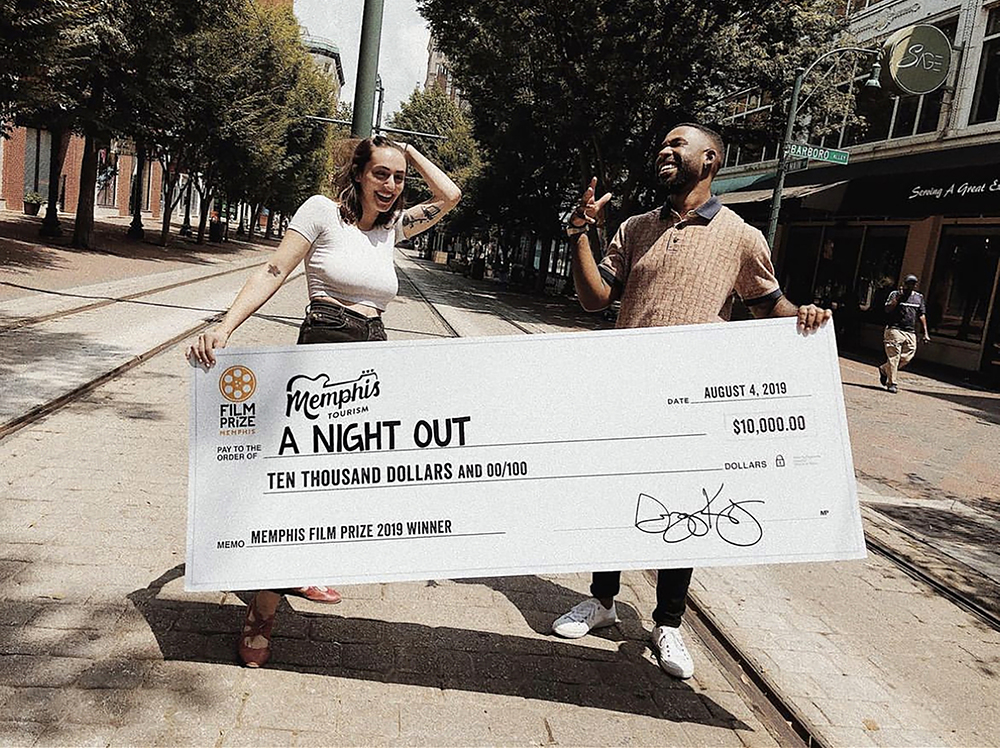
He collaborated on “Night Out” with his friend Abby Meyers, who co-directed the film. “That came from hearing so many stories of women being sexually assaulted,” he says.
Brooks continued to make music videos, including one for Talibah Safiya’s “Healing Creek,” which won the Best Hometowner Music Video award in the Video Memphis competition.
In 2020 Brooks was included among the Memphis Flyer’s 20<30 honorees. He then went to work for Kellogg’s, shooting five episodes around the United States for a mini series, Black Girls Run. The series, which was about “promoting health in the Black community,” featured young women training for their first 5K.
Brooks also did a project for McDonald’s, where he traveled to Los Angeles and “highlighted kids in different sectors who were doing amazing things in the Black community,” he says.
One young man was into finance and a young woman was into fashion. But they were all “game changers.”
“I love connecting with people through stories, and opportunities just come about,” Brooks says. “If it’s a story or an opportunity for me to use my voice in that capacity, I’m 100 percent in.”
In 2022, Brooks went to work in his present job as a videographer for St. Jude Children’s Research Hospital. He interviews and films patients telling their stories.
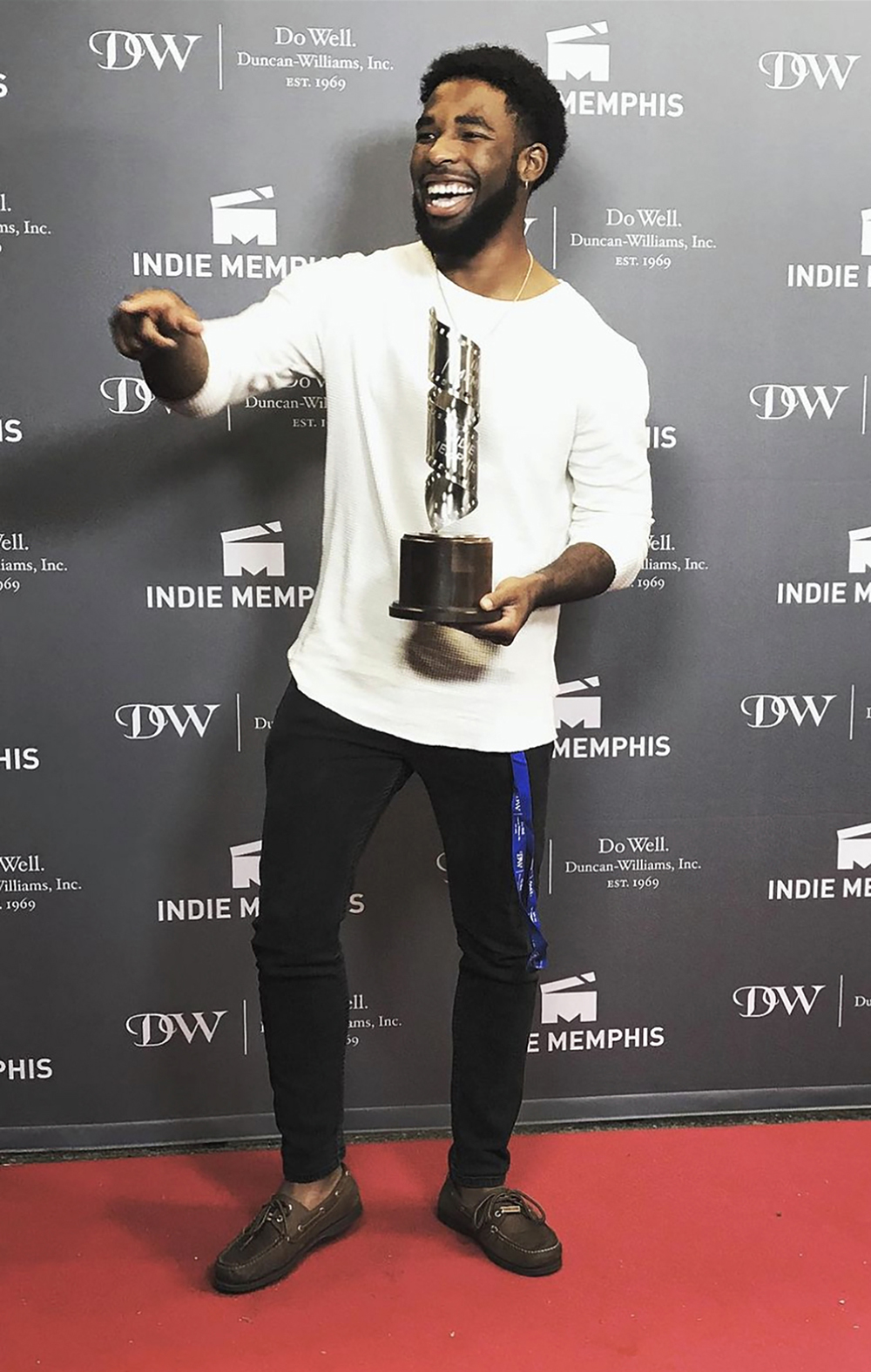
Enjoy the Journey
In 2023, Brooks got serious about working on his own feature film. “I wanted to do a feature for so long and put so much pressure on it. When I felt every door was closing, I felt jaded. I just wasn’t sure what my next move would be in terms of independent filmmaking.”
But, he says, “Through that period, I also found that inner kid who was in me again, who just wanted to go out and make movies for fun.”
Brooks returned to moviemaking when he made “Embers of Self,” which played opening night at Indie Memphis Film Festival’s Hometowner Shorts Showcase. “That really got me going, just because it was me being free and making things without a result,” Brooks says. “That’s how art should be. I had gotten away from that.”
Brooks felt he had been “focusing on the end result and not the process.”
That’s when he came up with his Crosstown Arts film. The movie is “just about masculinity and the ways that I have maneuvered in this world because of that label.”
He deals with the idea that Black men “always have to be super masculine,” and that it’s okay to be vulnerable.
Brooks currently is knee-deep into preproduction for a feature film. “I’m really 100 percent going headfirst into it. And I’m doing it my way.
“If it touches one person, that means a lot,” he adds.
Says Brewer: “The thing I’m most impressed with him is, he is hungry for knowledge and always looking for a way to improve himself and keep in the game of filmmaking. Some people burn out. Some people get discouraged. And there’s a lot in this craft that can turn you off to it. But he manages to push through and stay positive and stay creative.”
“He’s a rare one,” says filmmaker Tom Shadyac. “Full of passion, commitment, and talent. He doesn’t just make movies to tell stories. It’s not just a means to an end for him. It’s more holistic for Kevin. He cares about his subjects and subject matter. For him, the means are the end.”
Among the tattoos Brooks sports are ones that read, “Keep Pushing” and “Enjoy the Journey.”
“You’ve got to do those two things,” he says. “You just have to keep pushing. You have to enjoy the journey that you’re on and know that things are not going to happen fast. But if you just follow Husain’s route and just wake up every day and do what you love, then things will work out.”
“What Were You Meant For?” is on view at Crosstown Arts through April 26th.
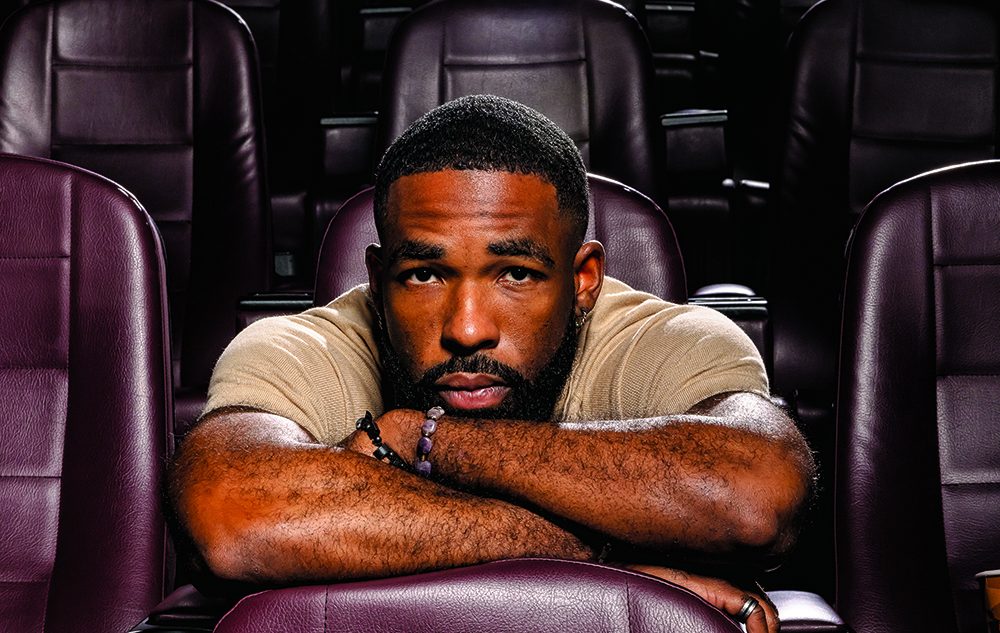
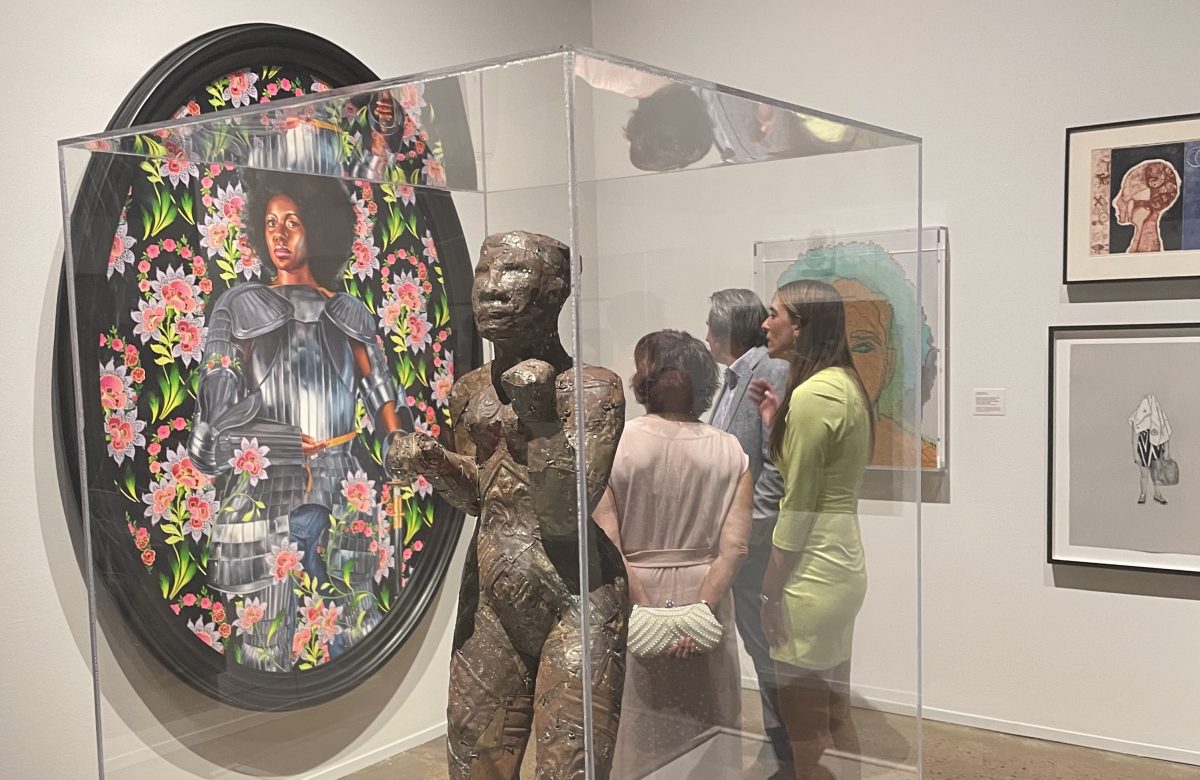
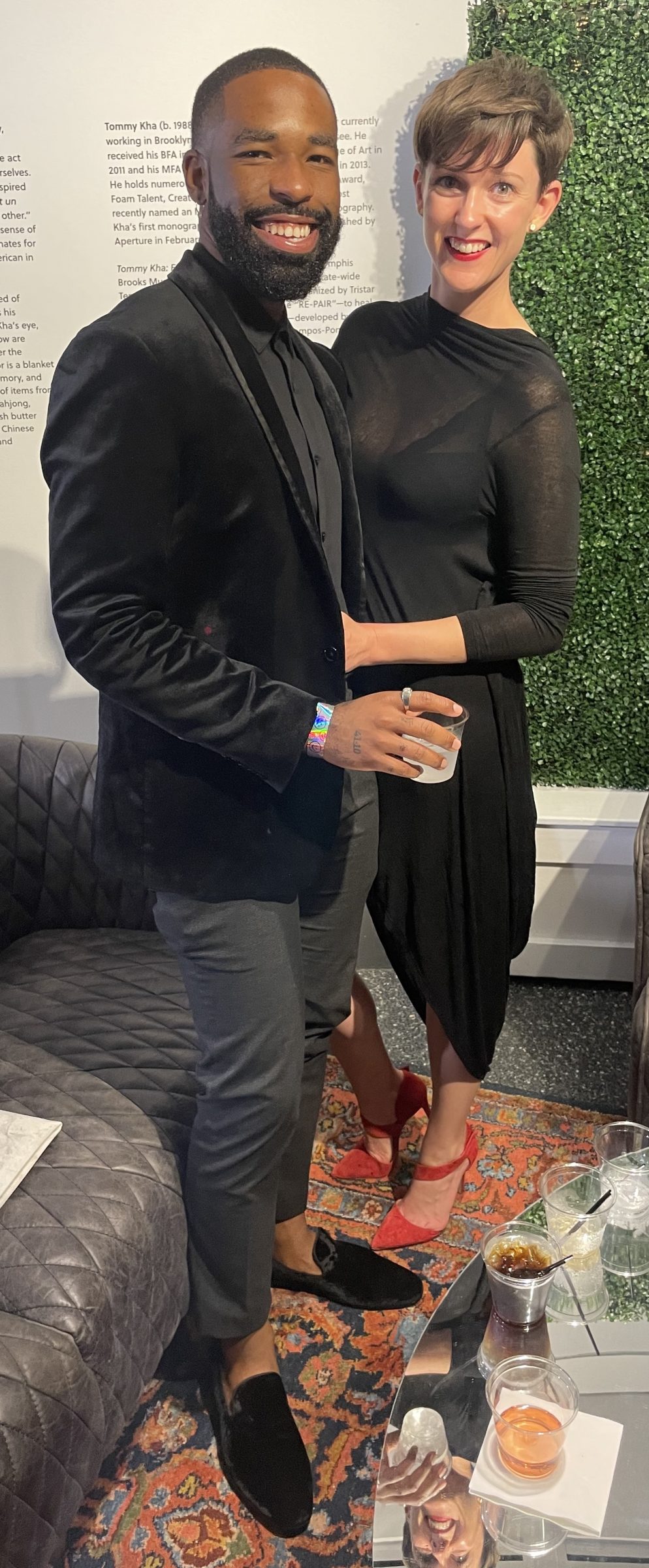
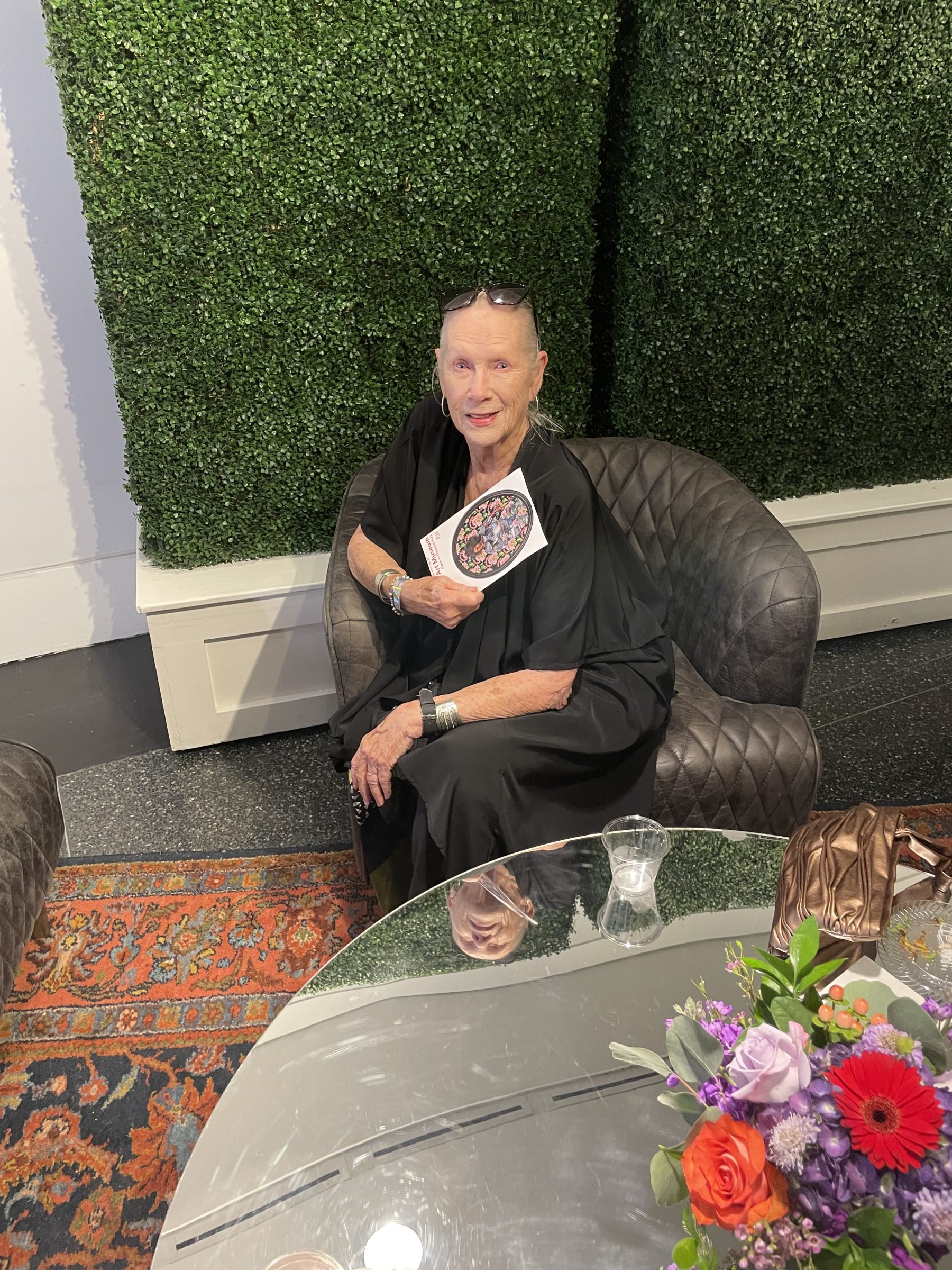
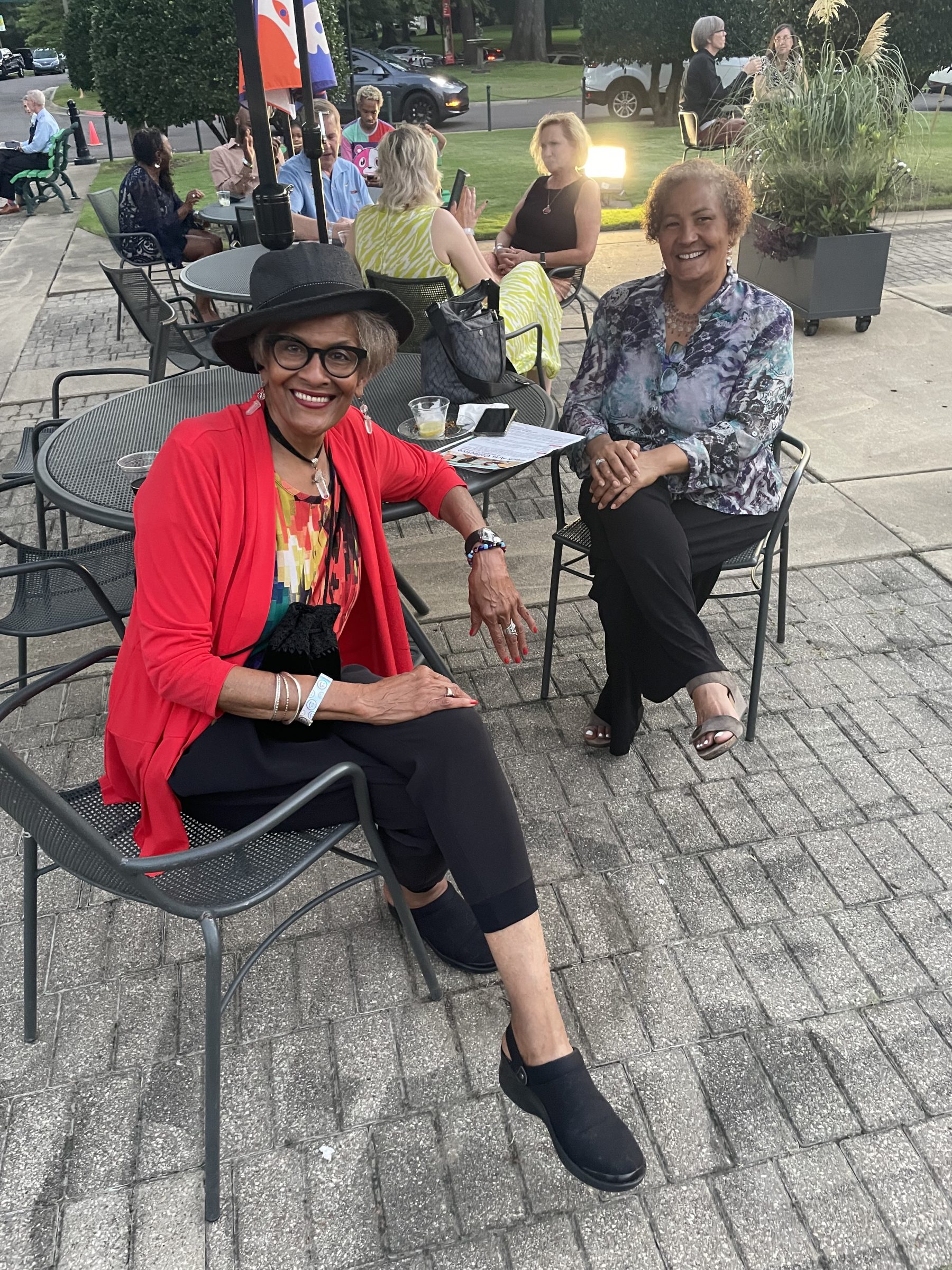
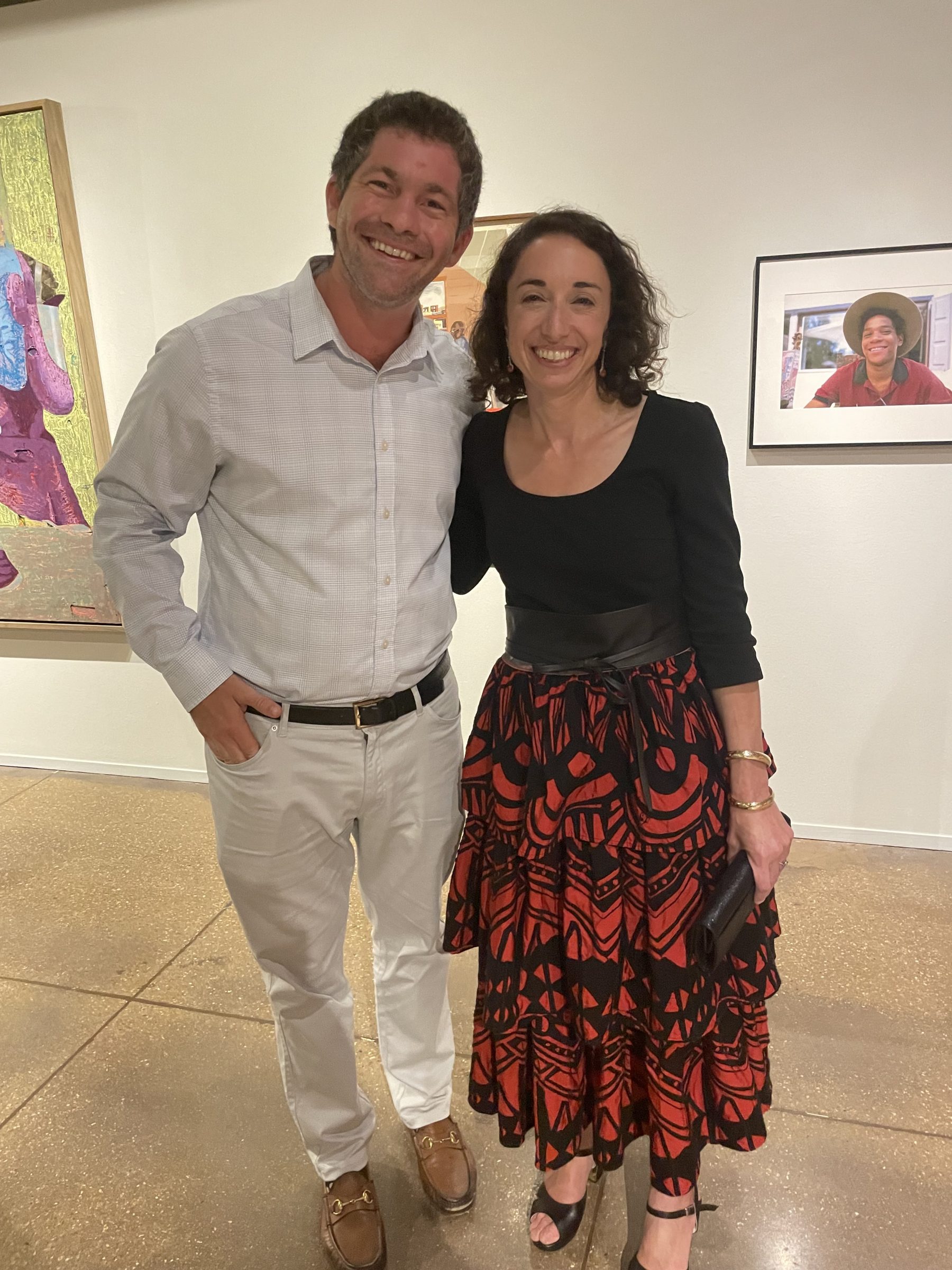
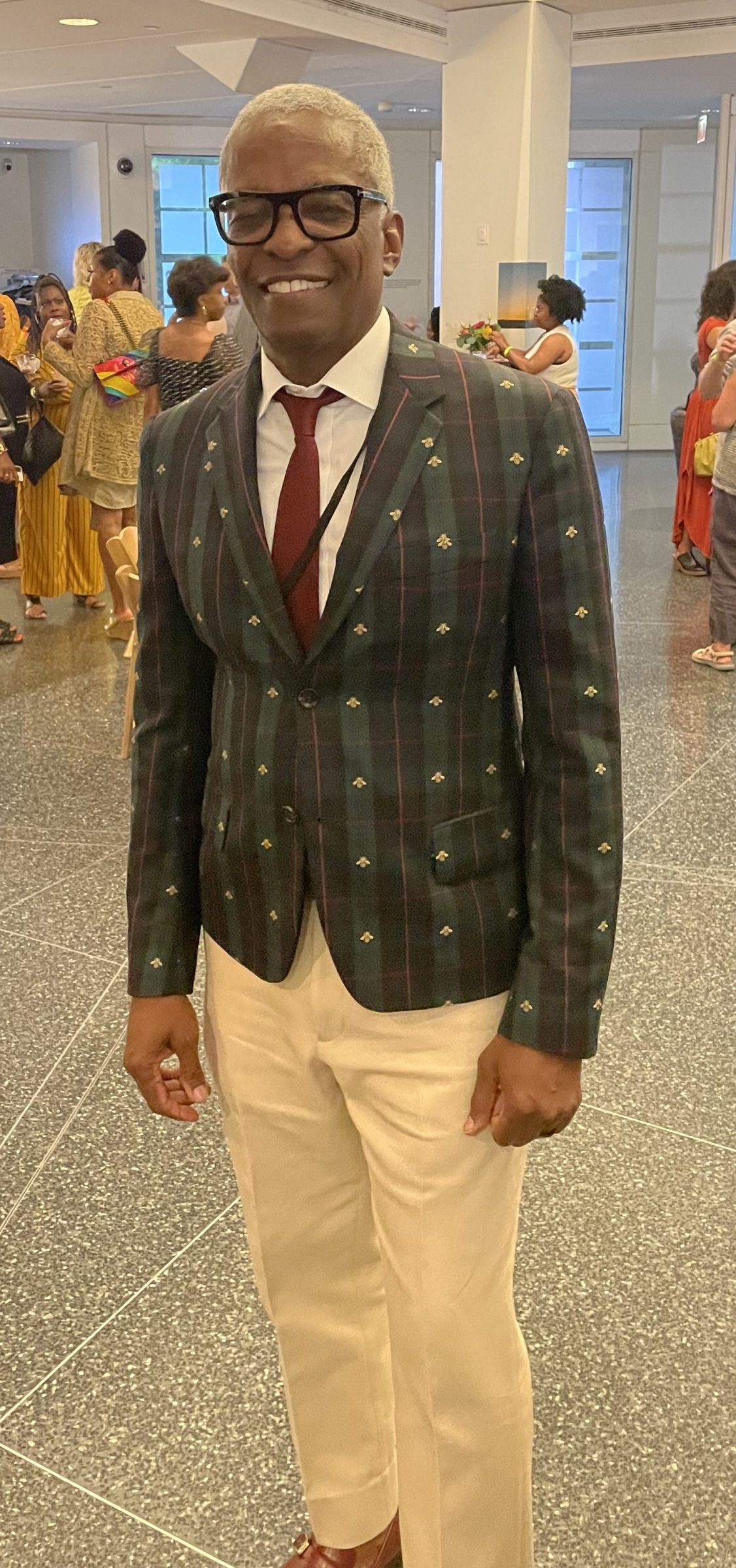
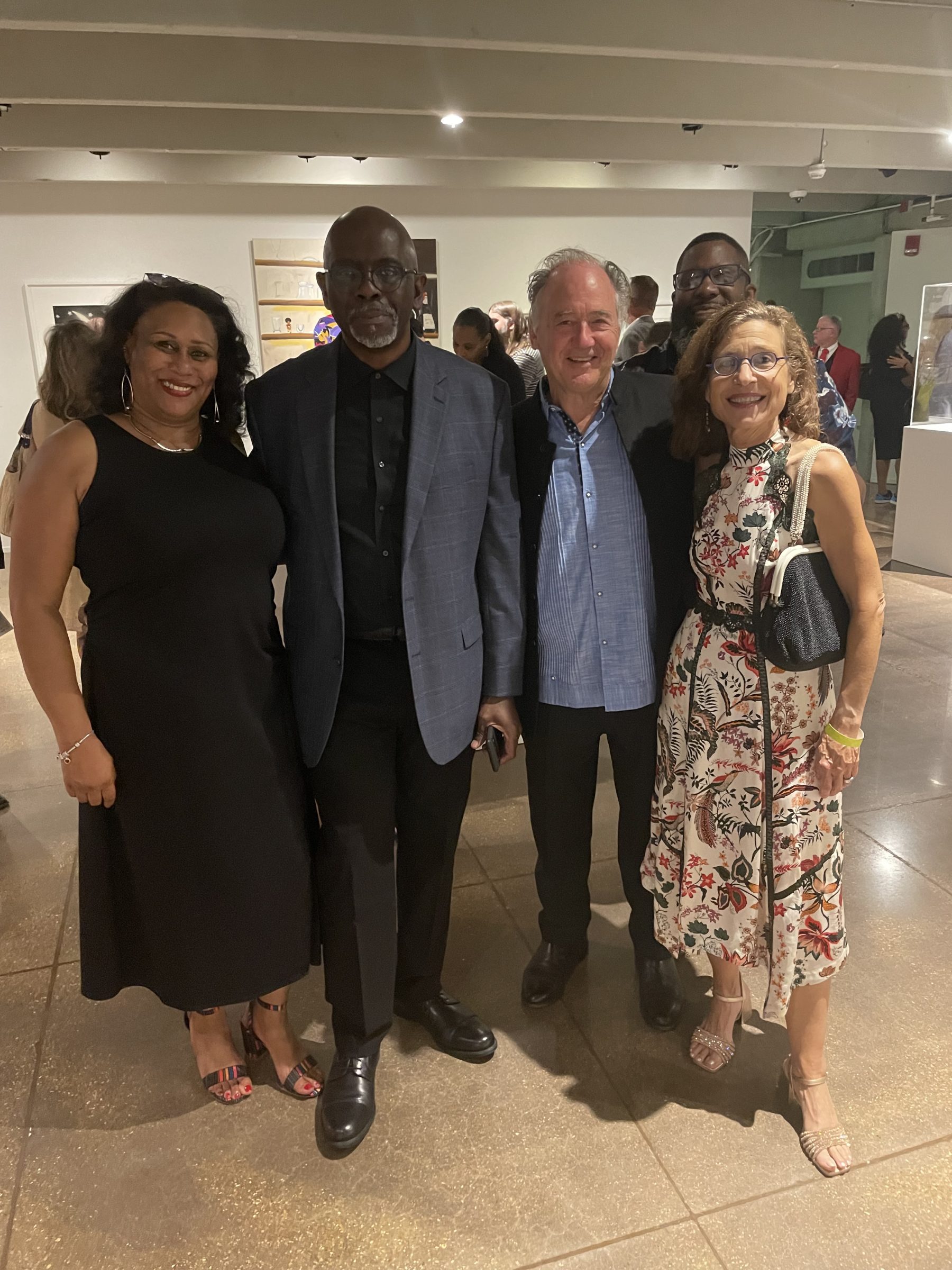
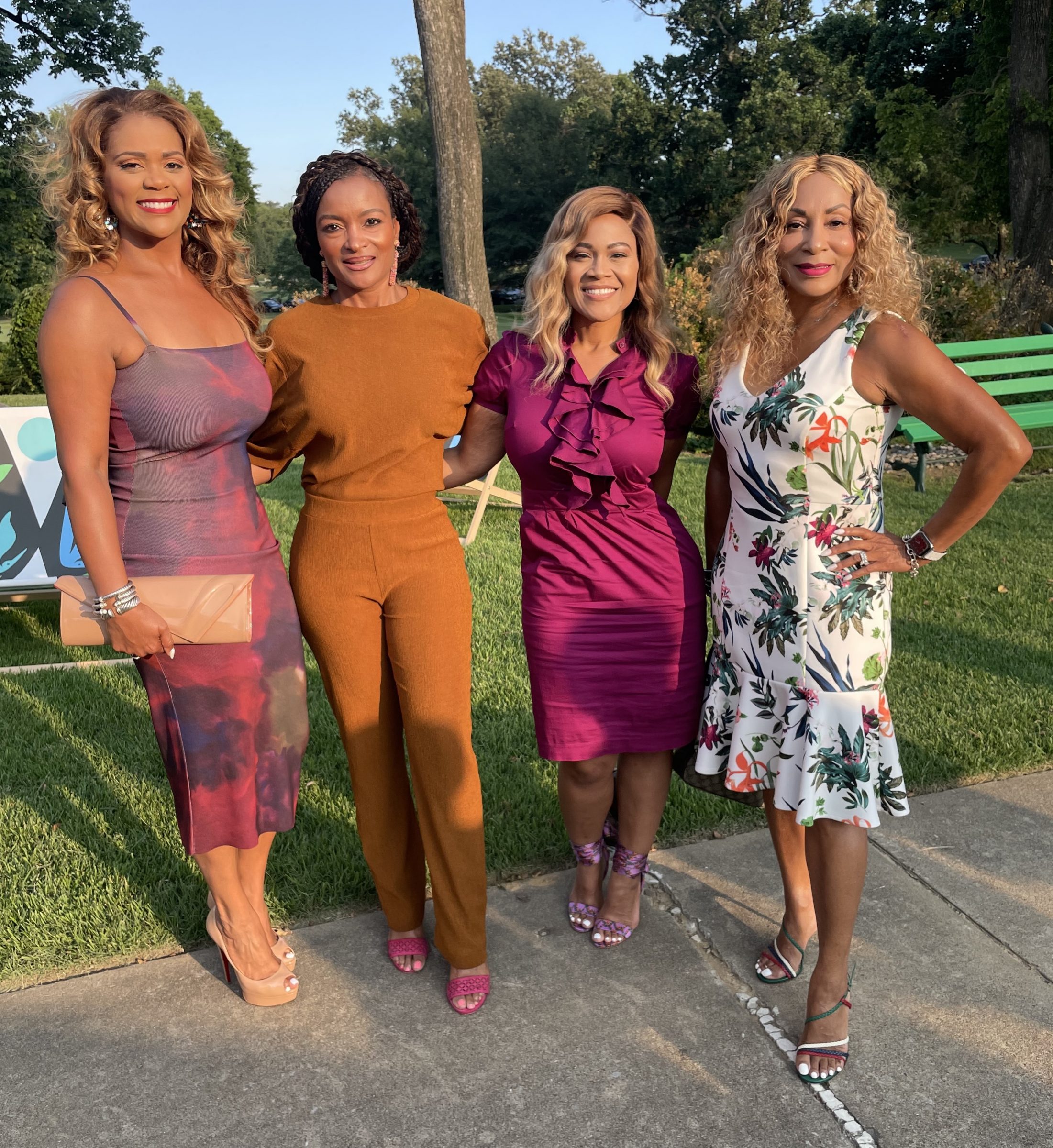
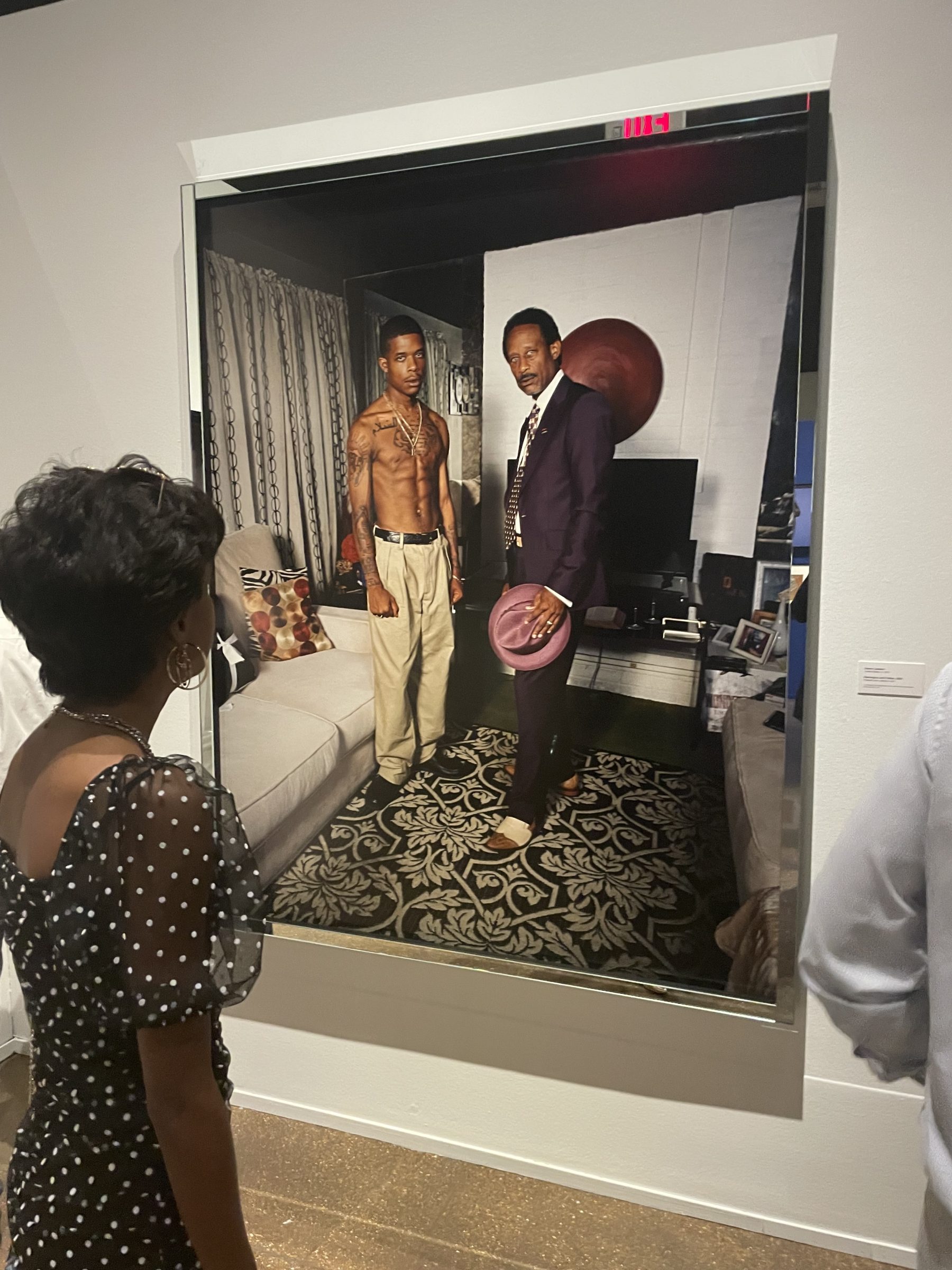
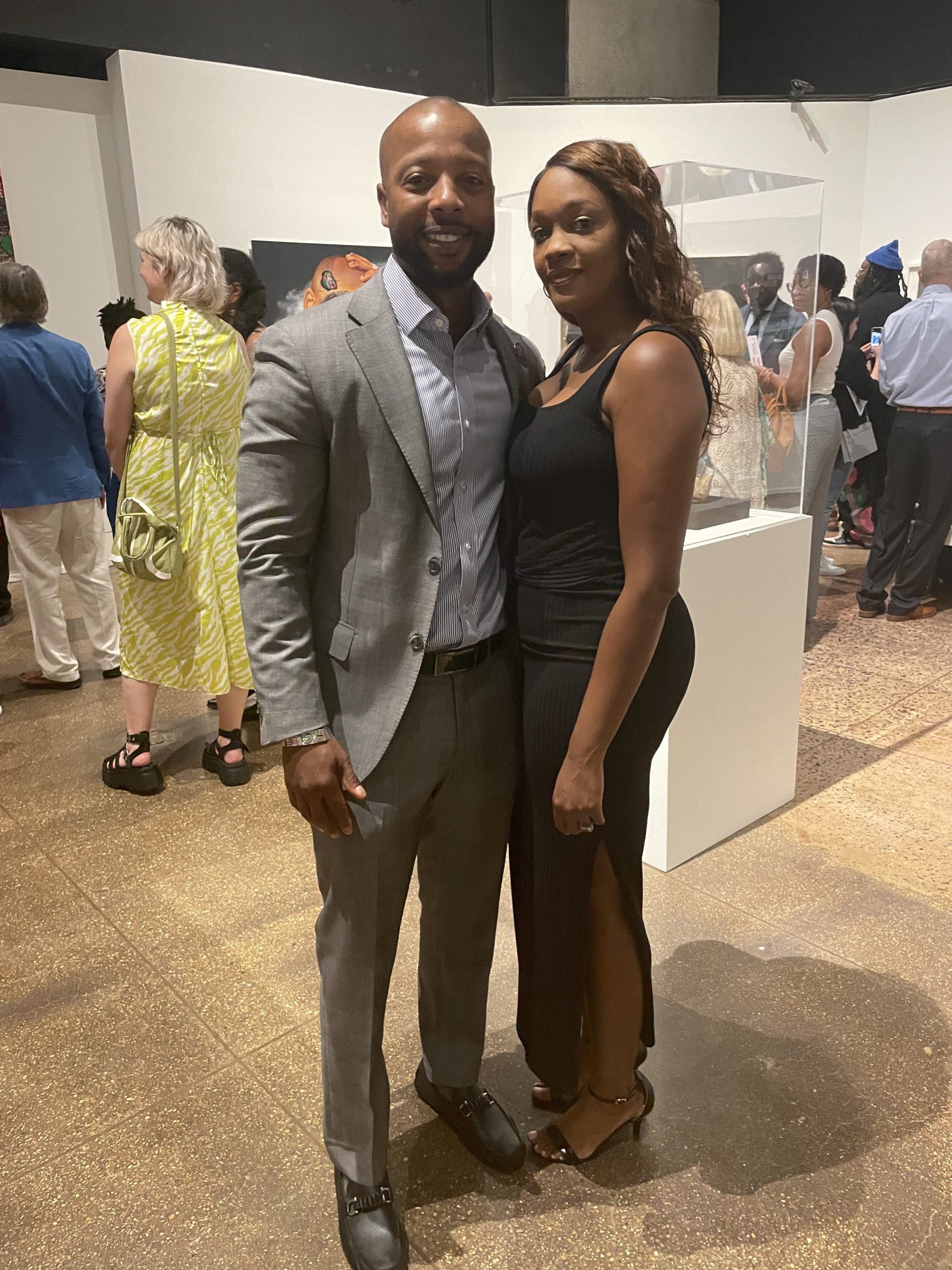
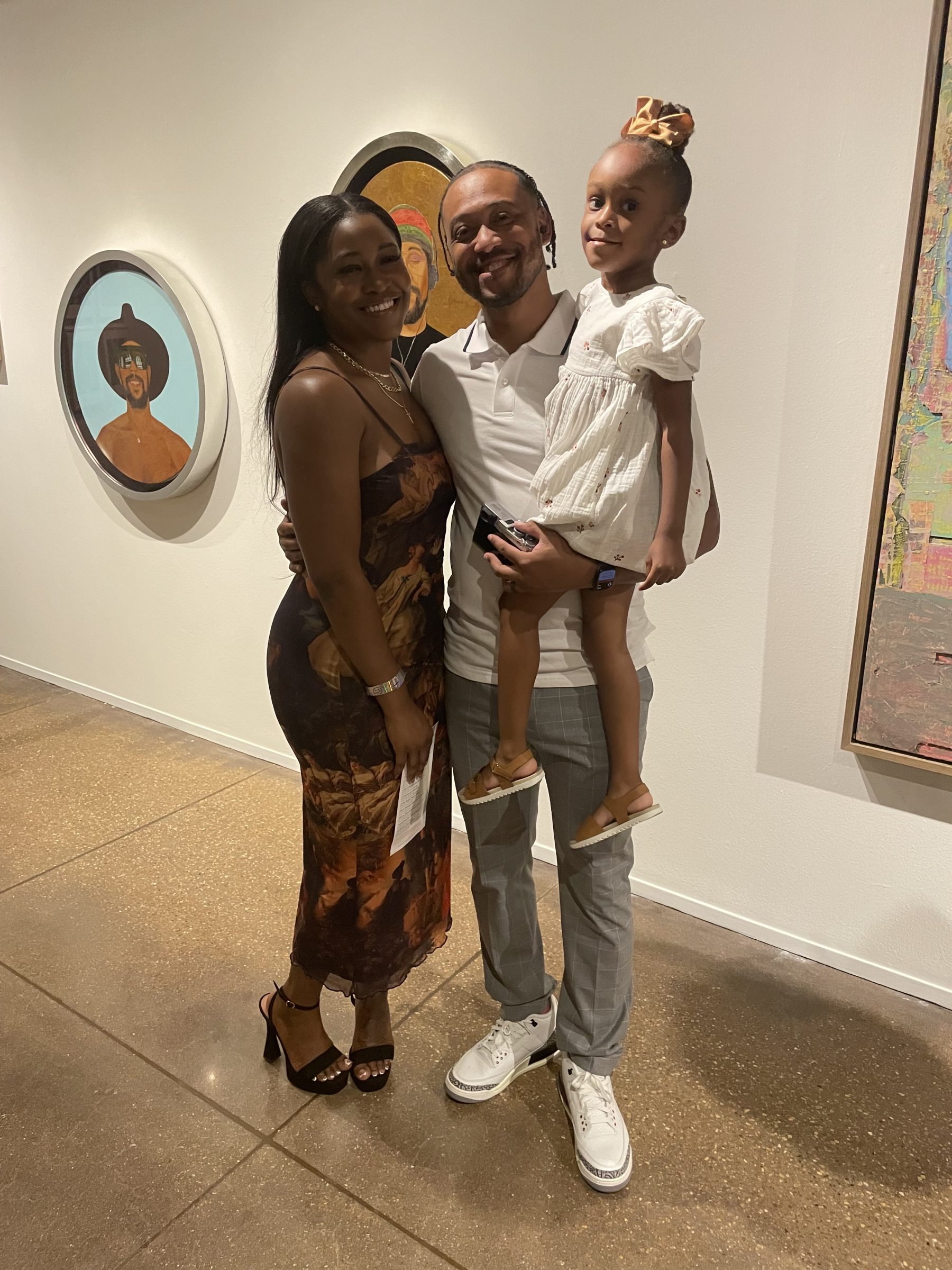
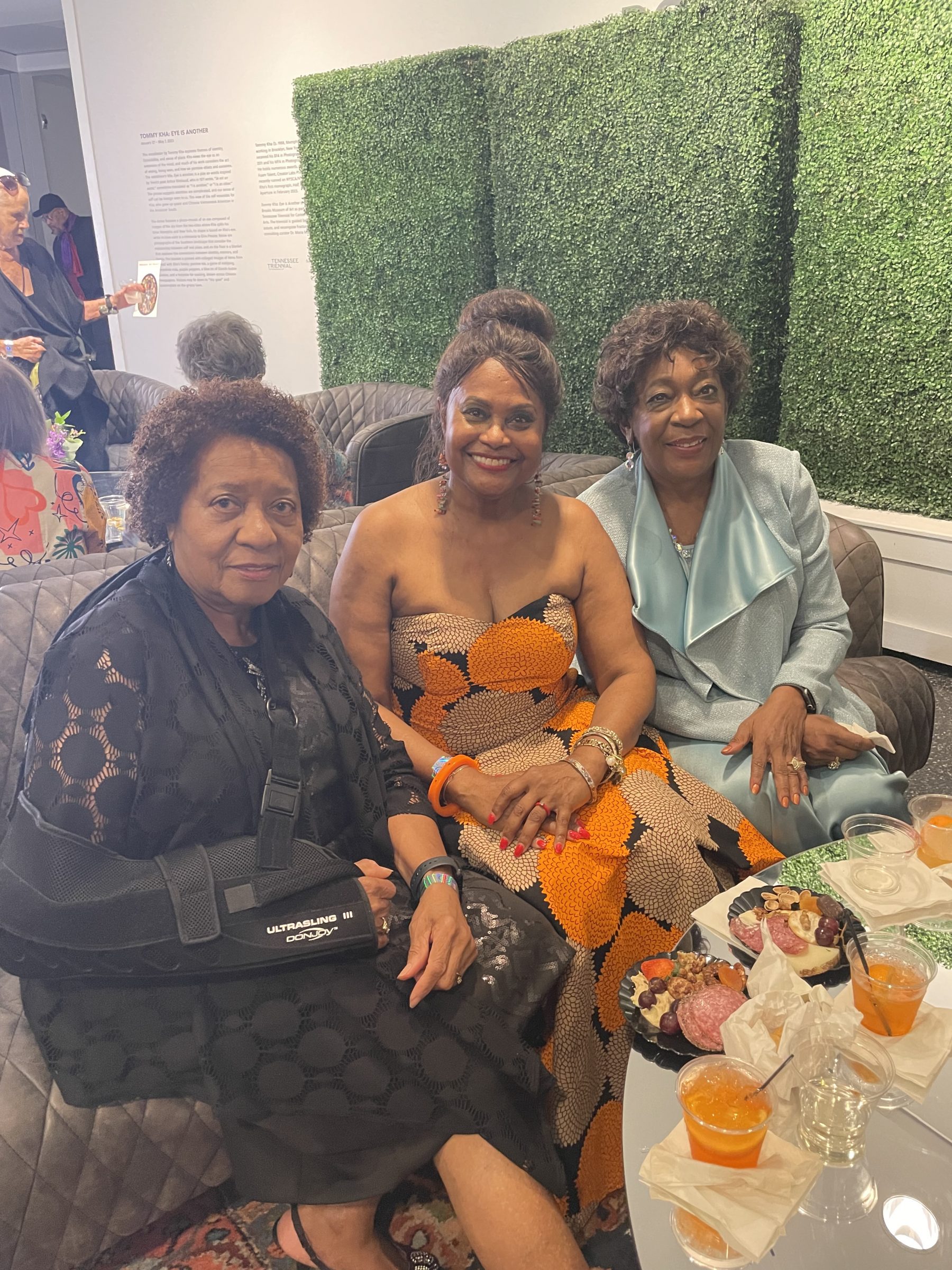


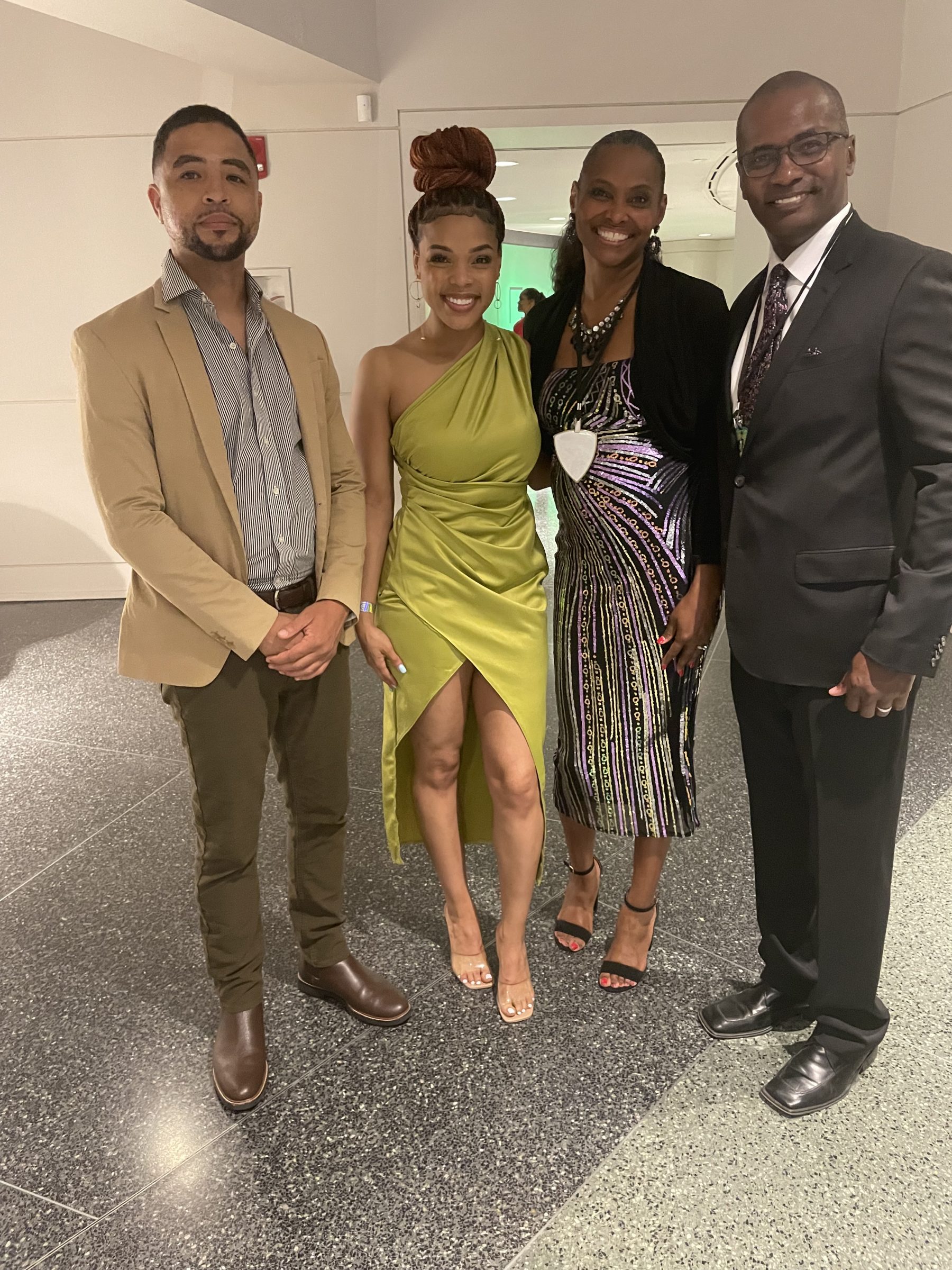
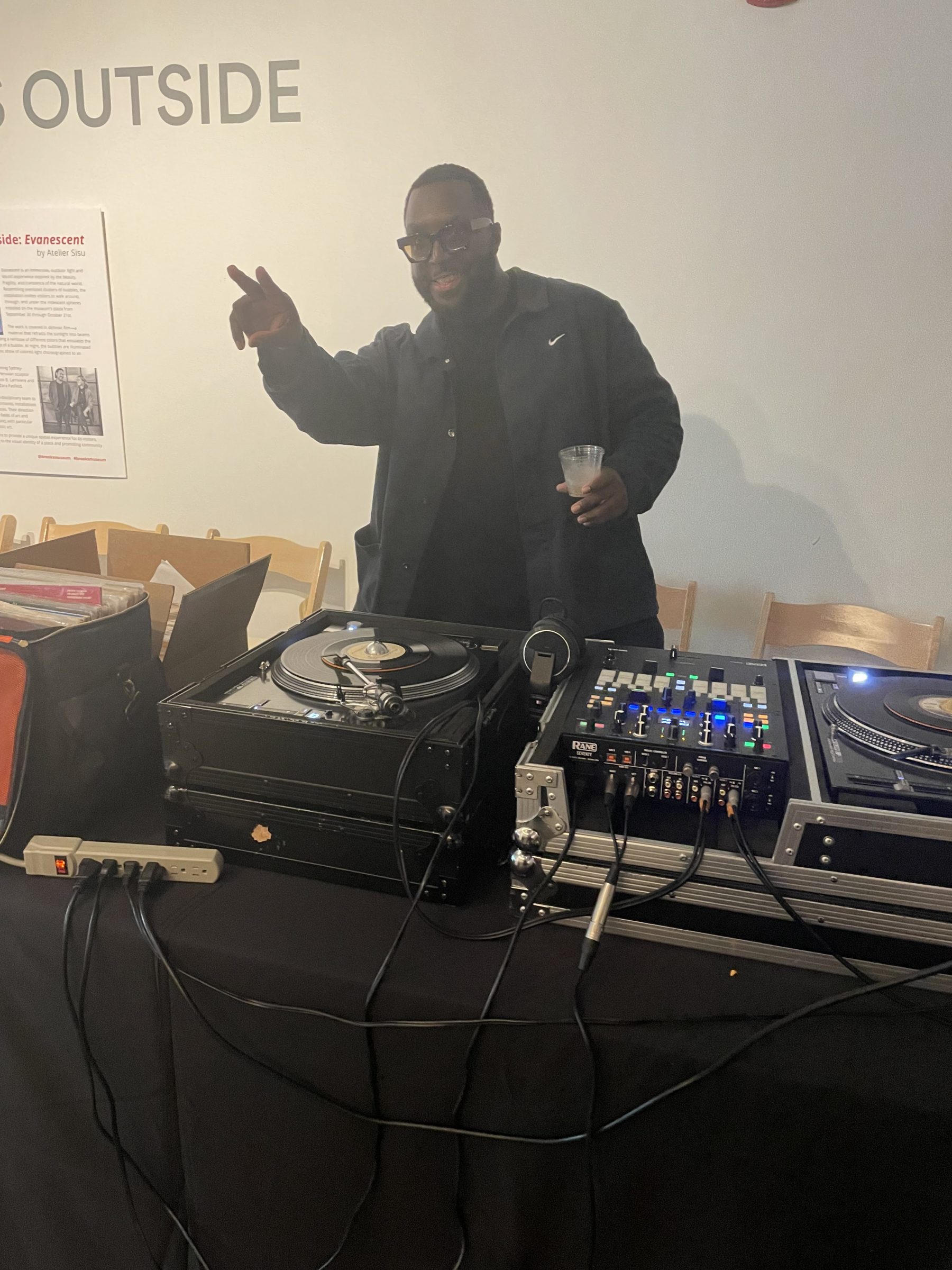

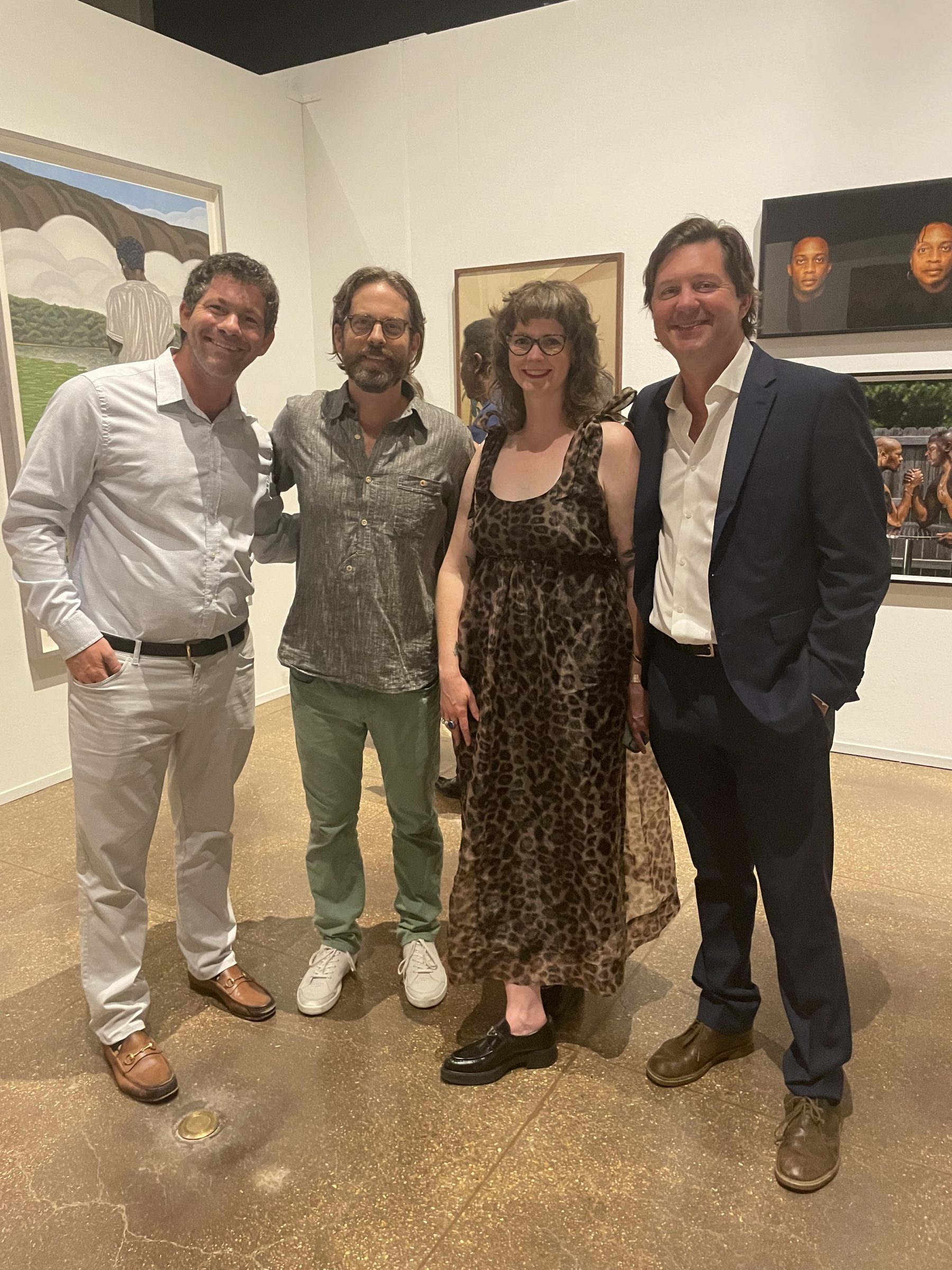
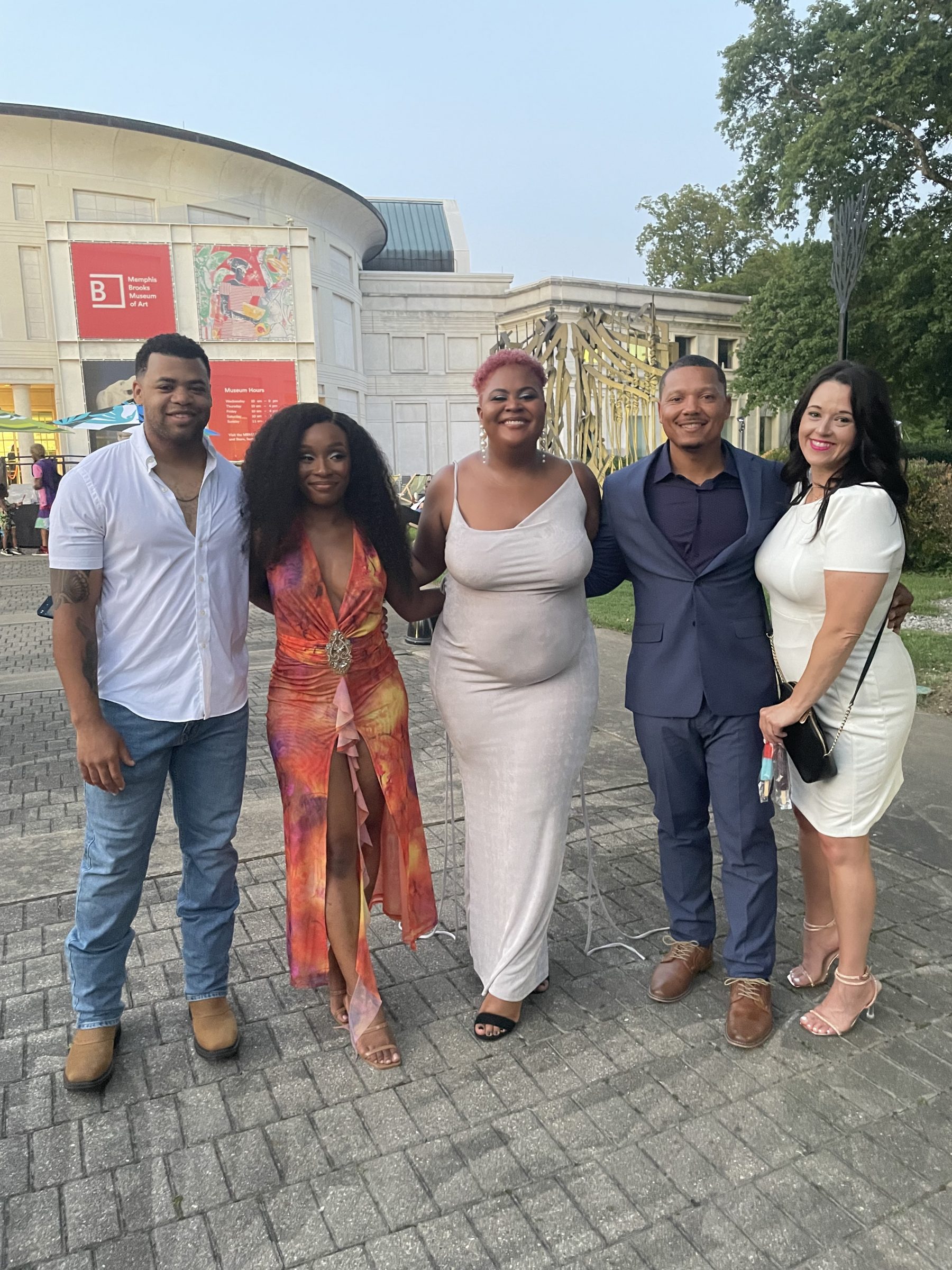

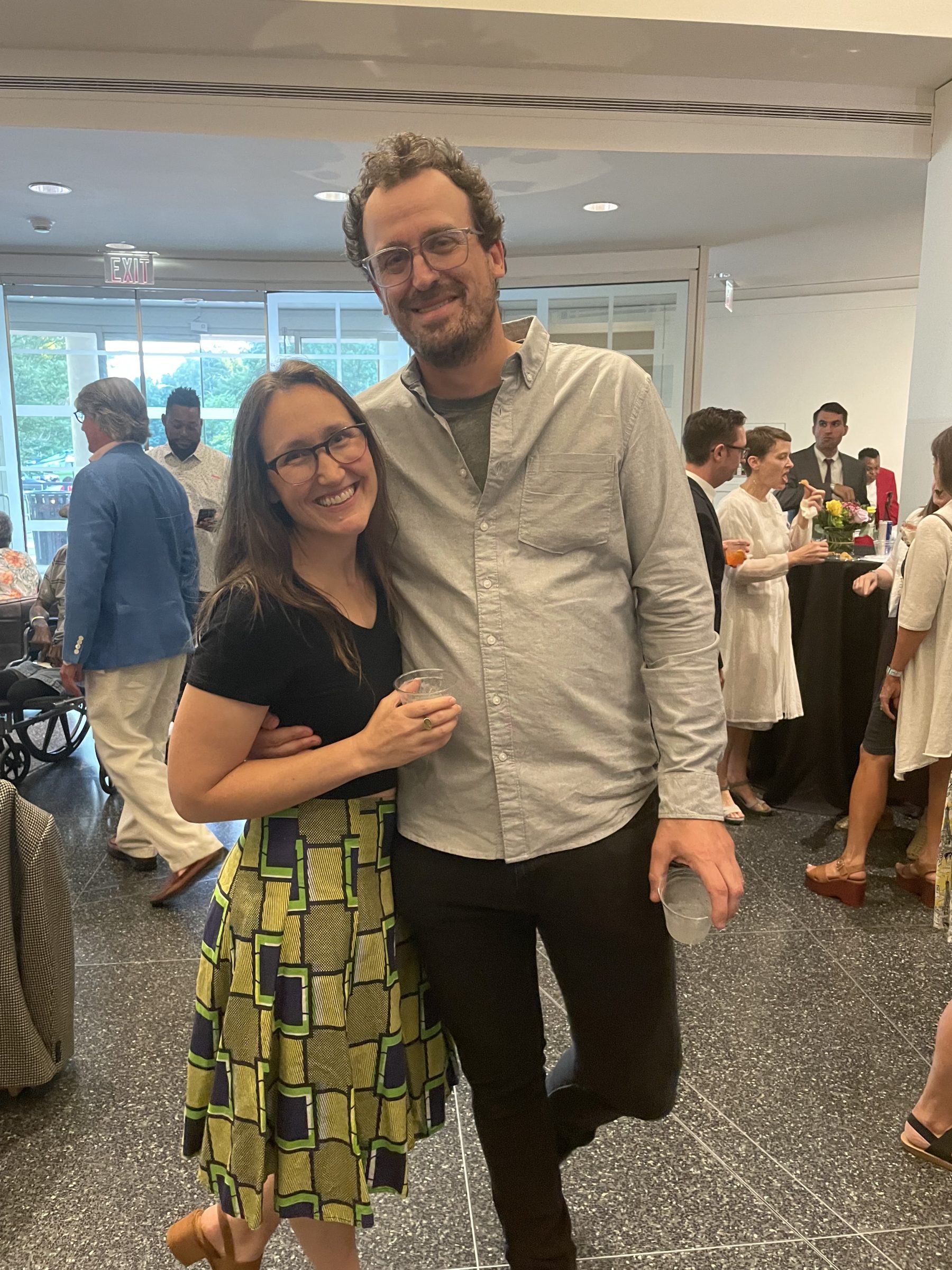
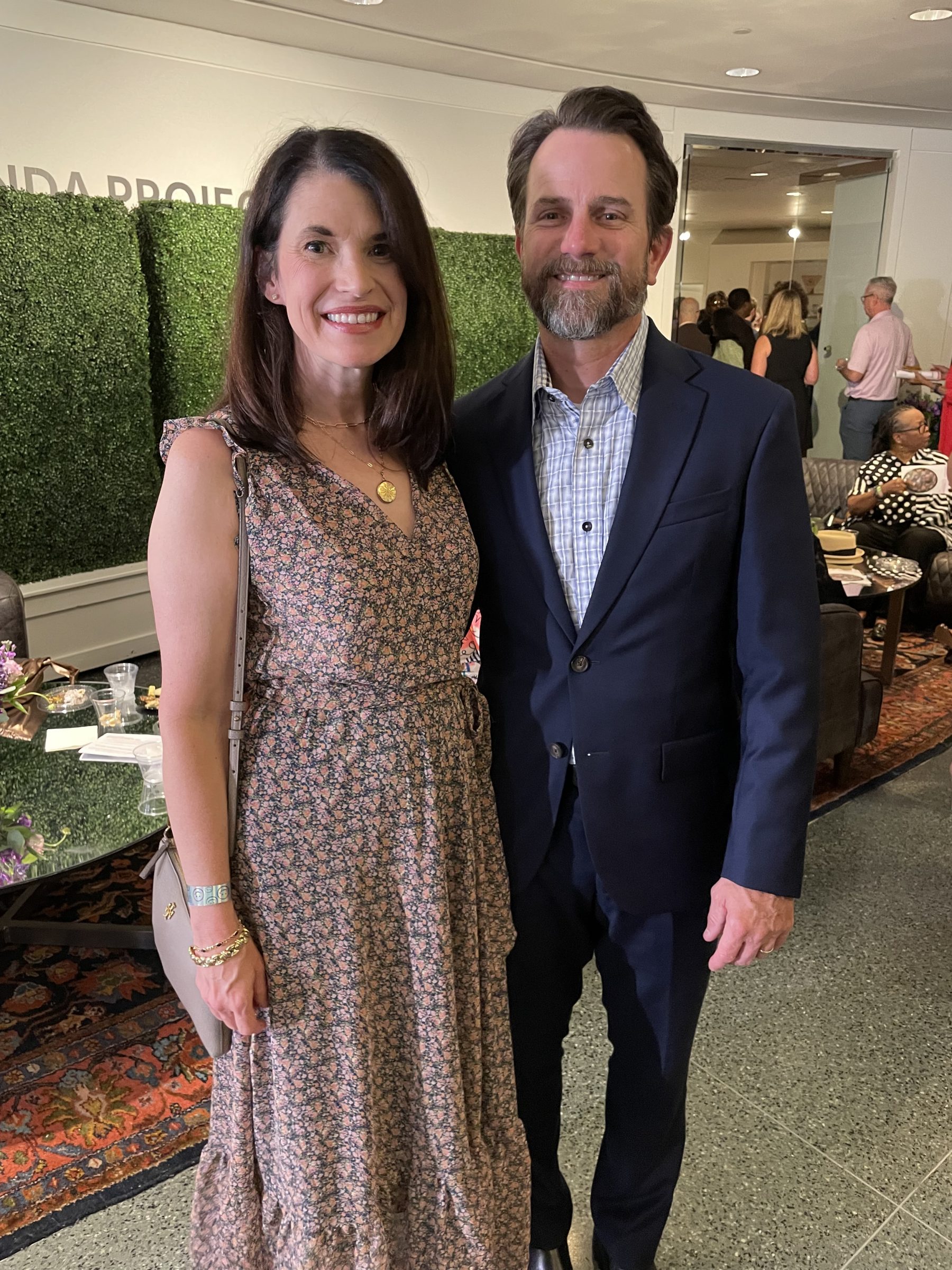

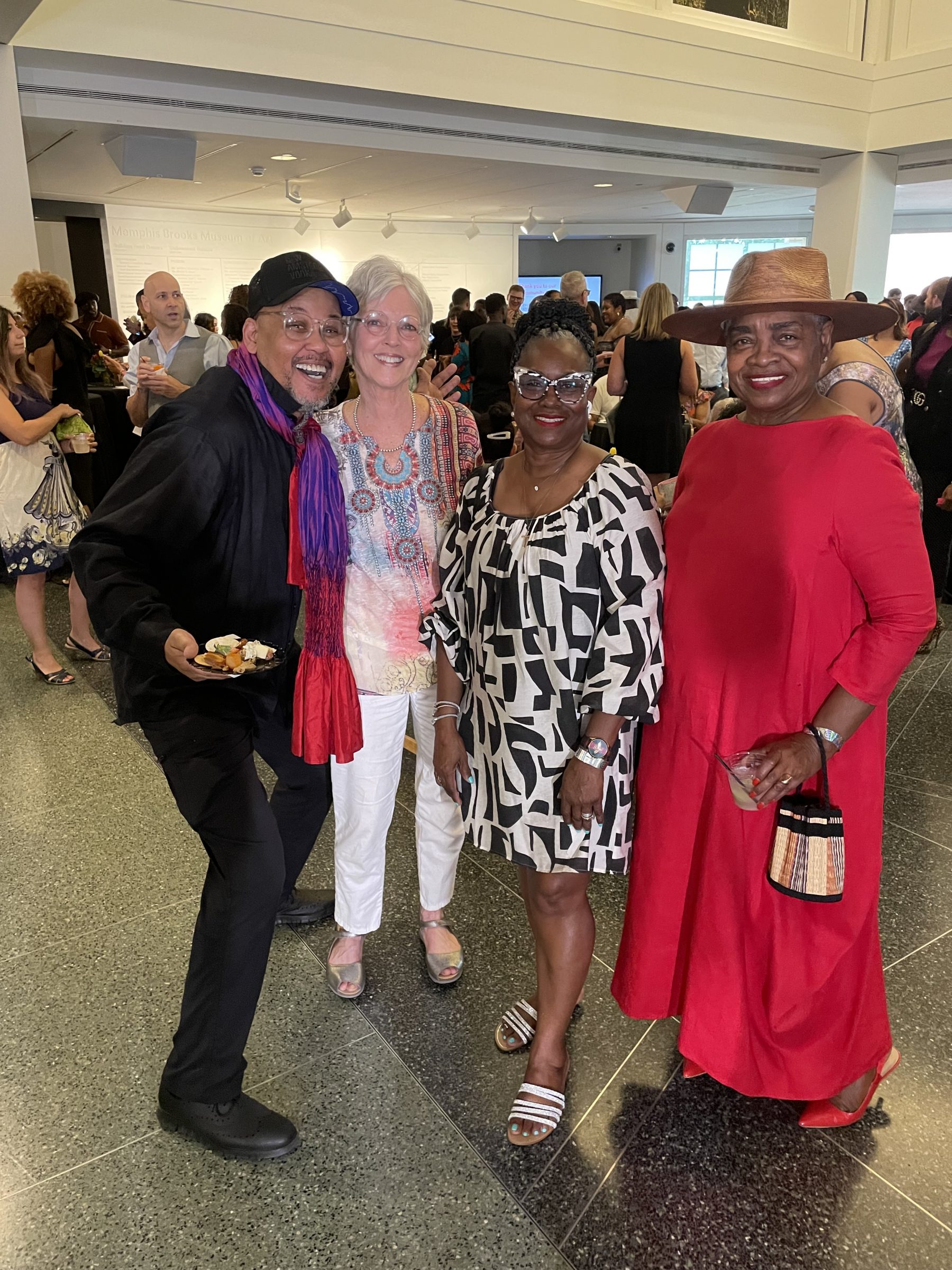
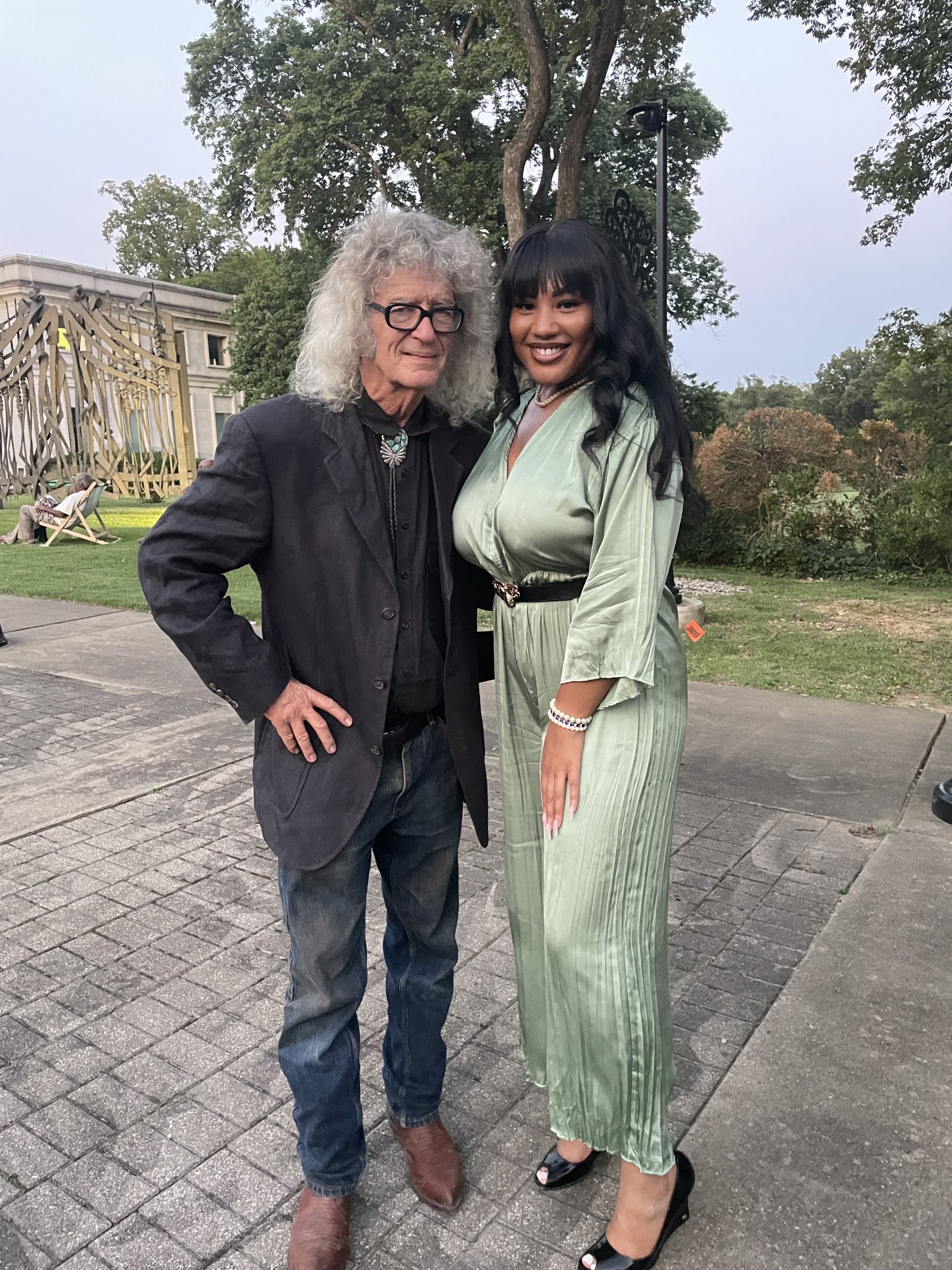

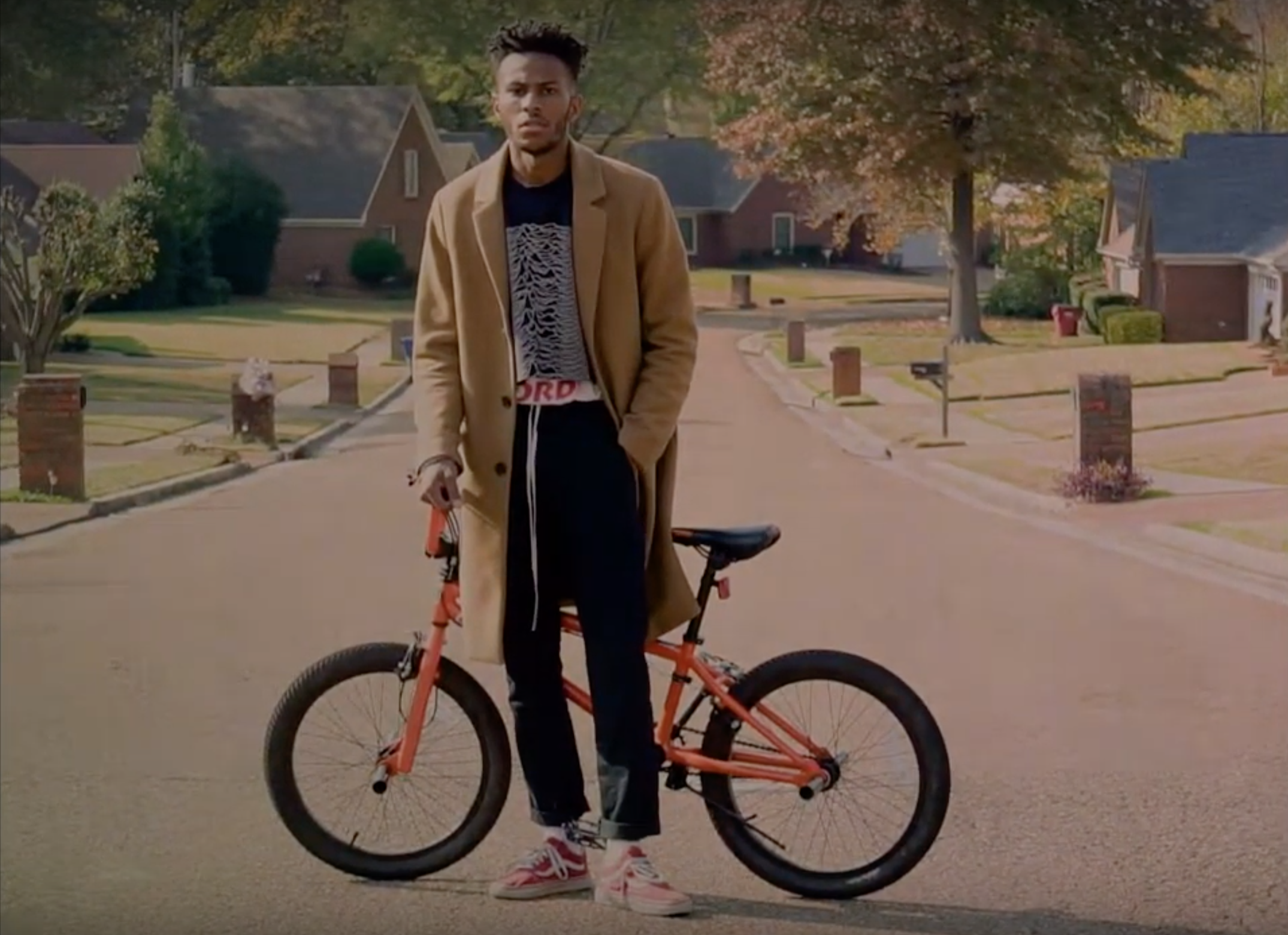
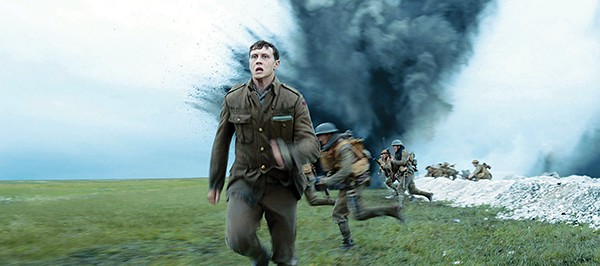
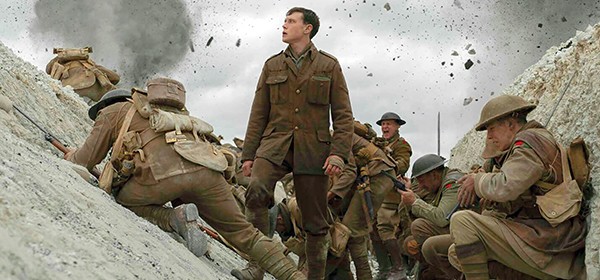
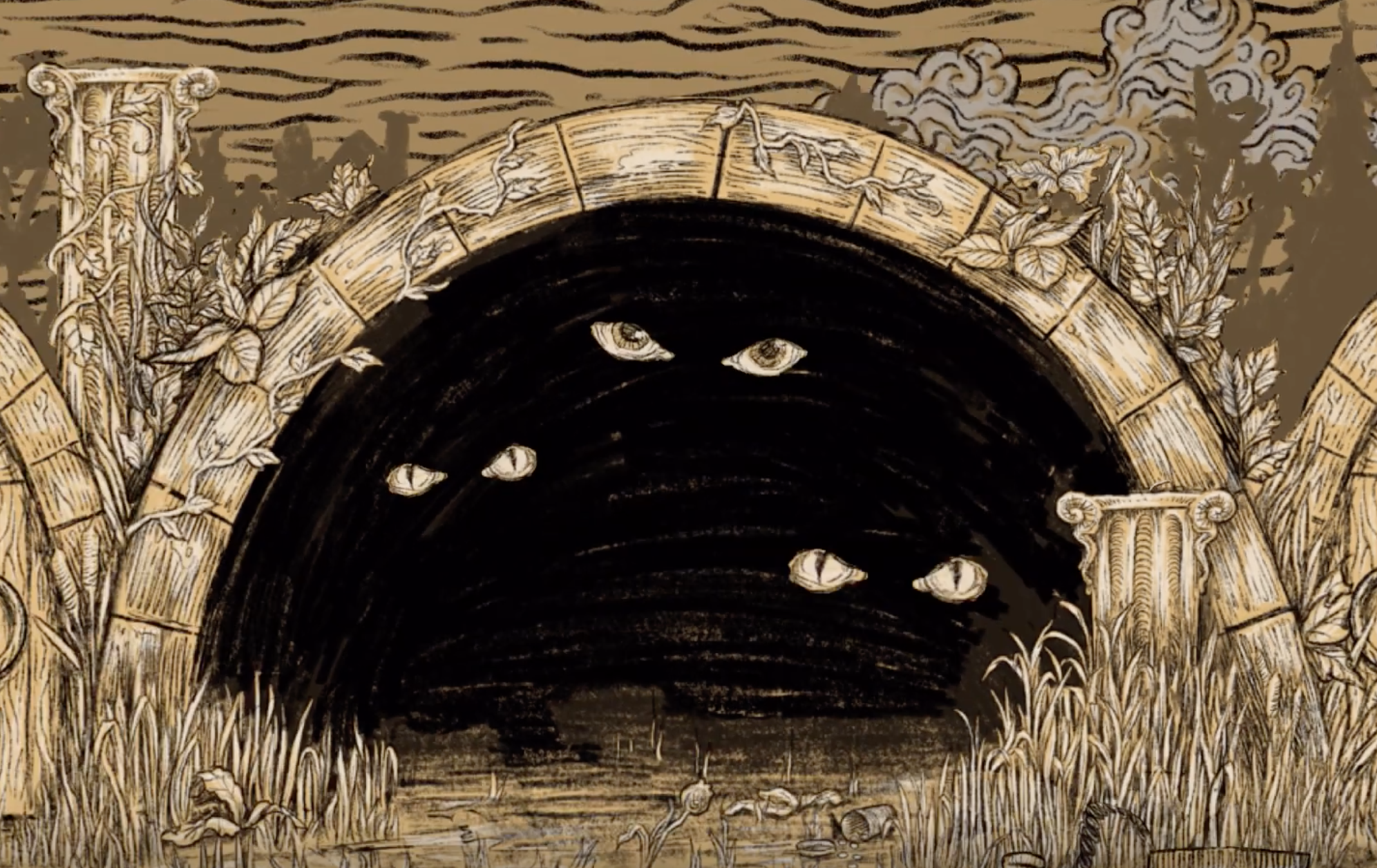



 Amazing Grace LLC
Amazing Grace LLC 
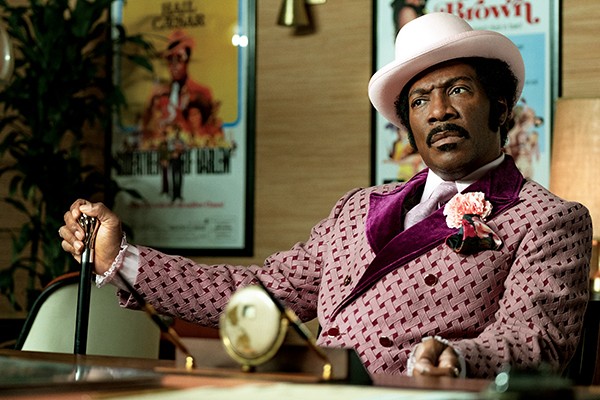
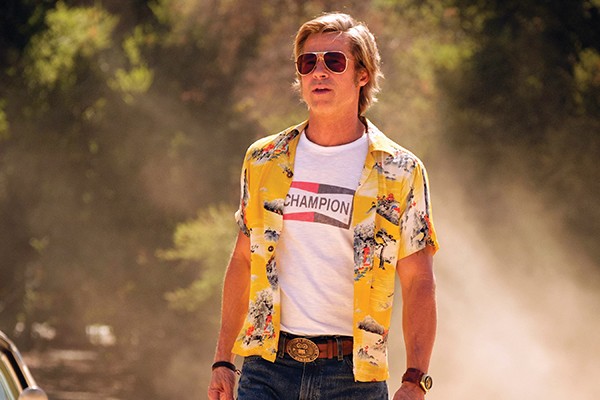



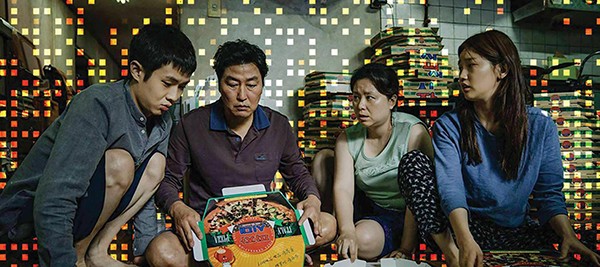


 Michael Donahue
Michael Donahue  Michael Donahue
Michael Donahue  Michael Donahue
Michael Donahue 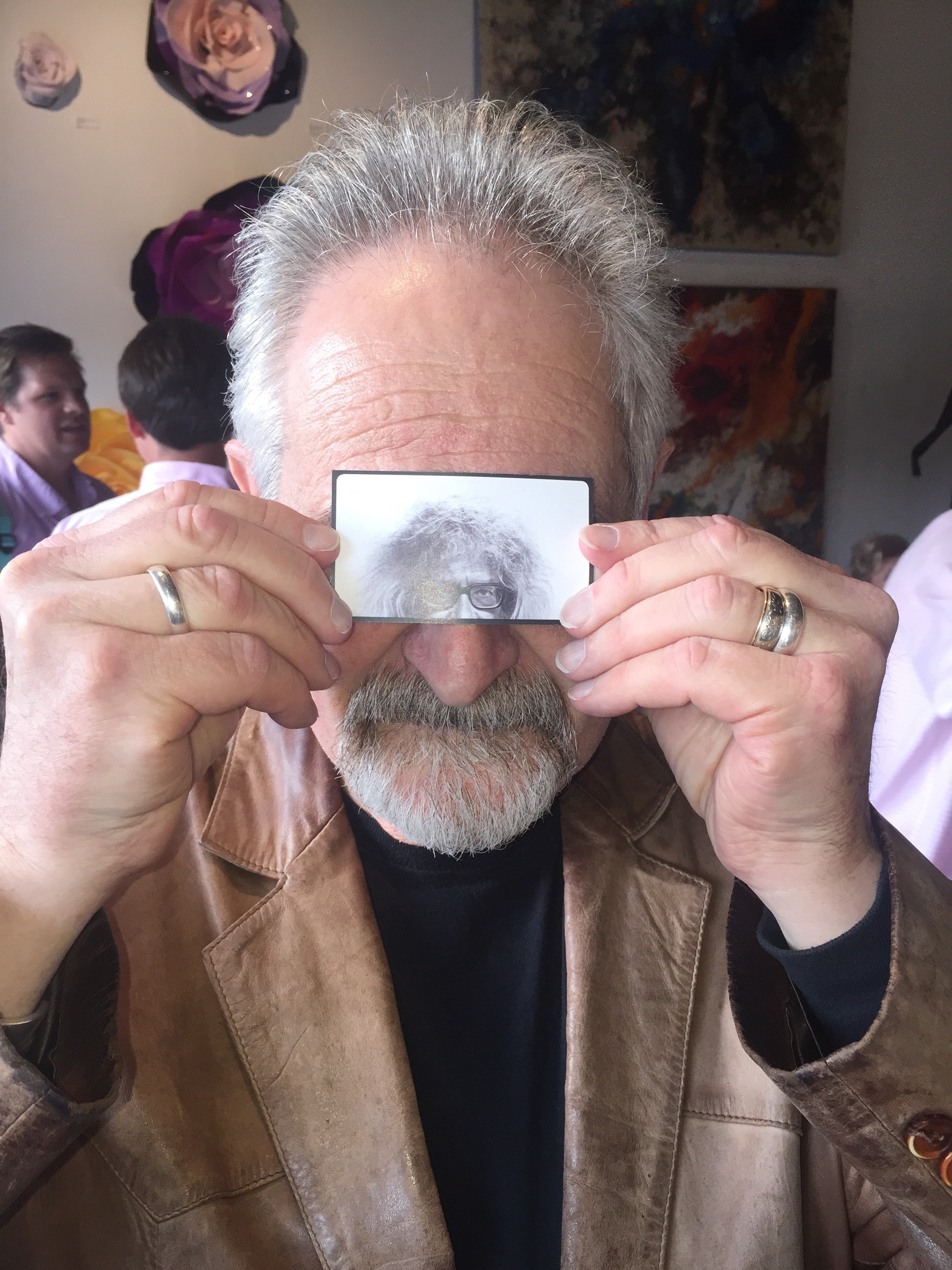 Michael Donahue
Michael Donahue 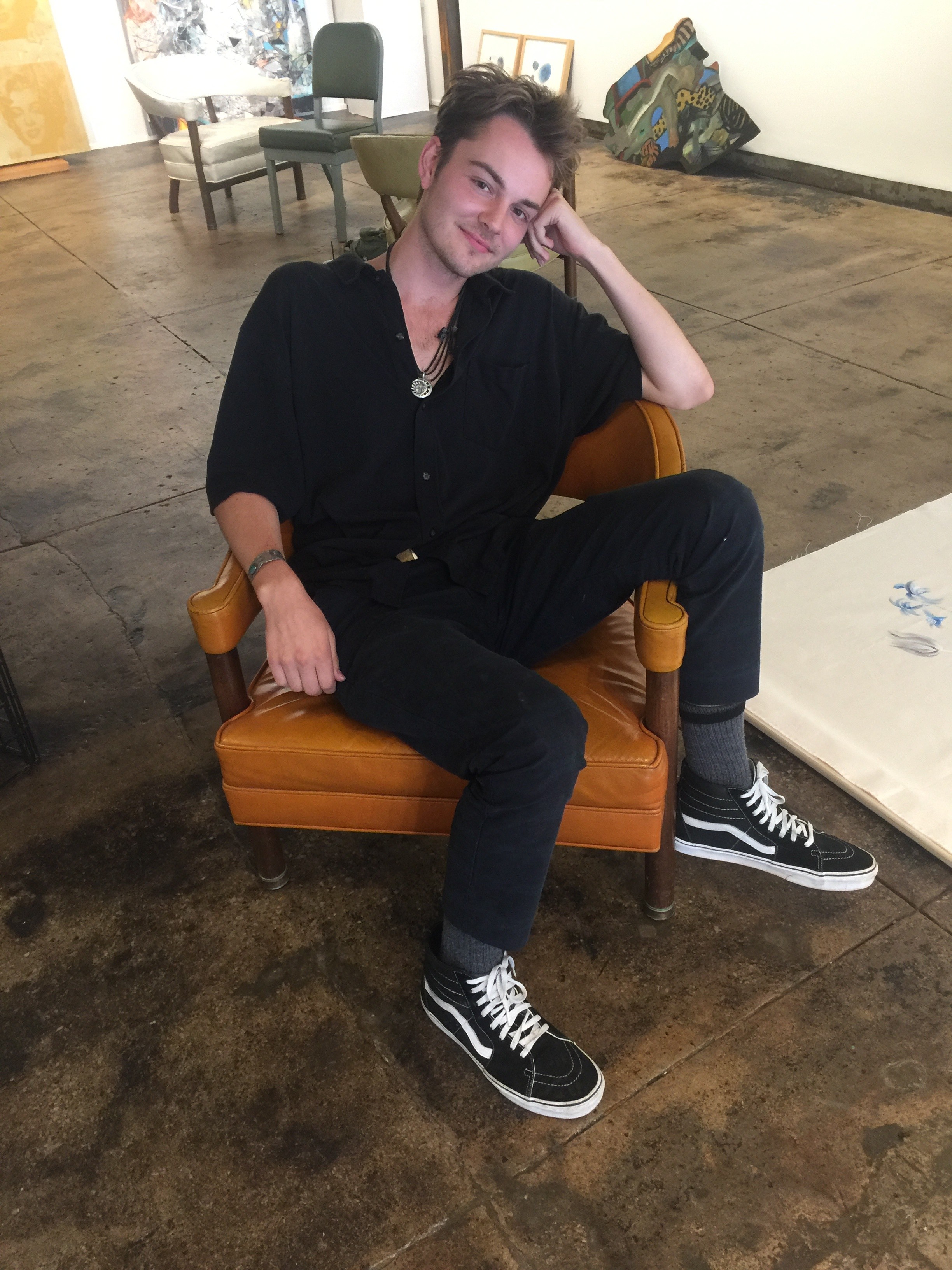 Michael Donahue
Michael Donahue 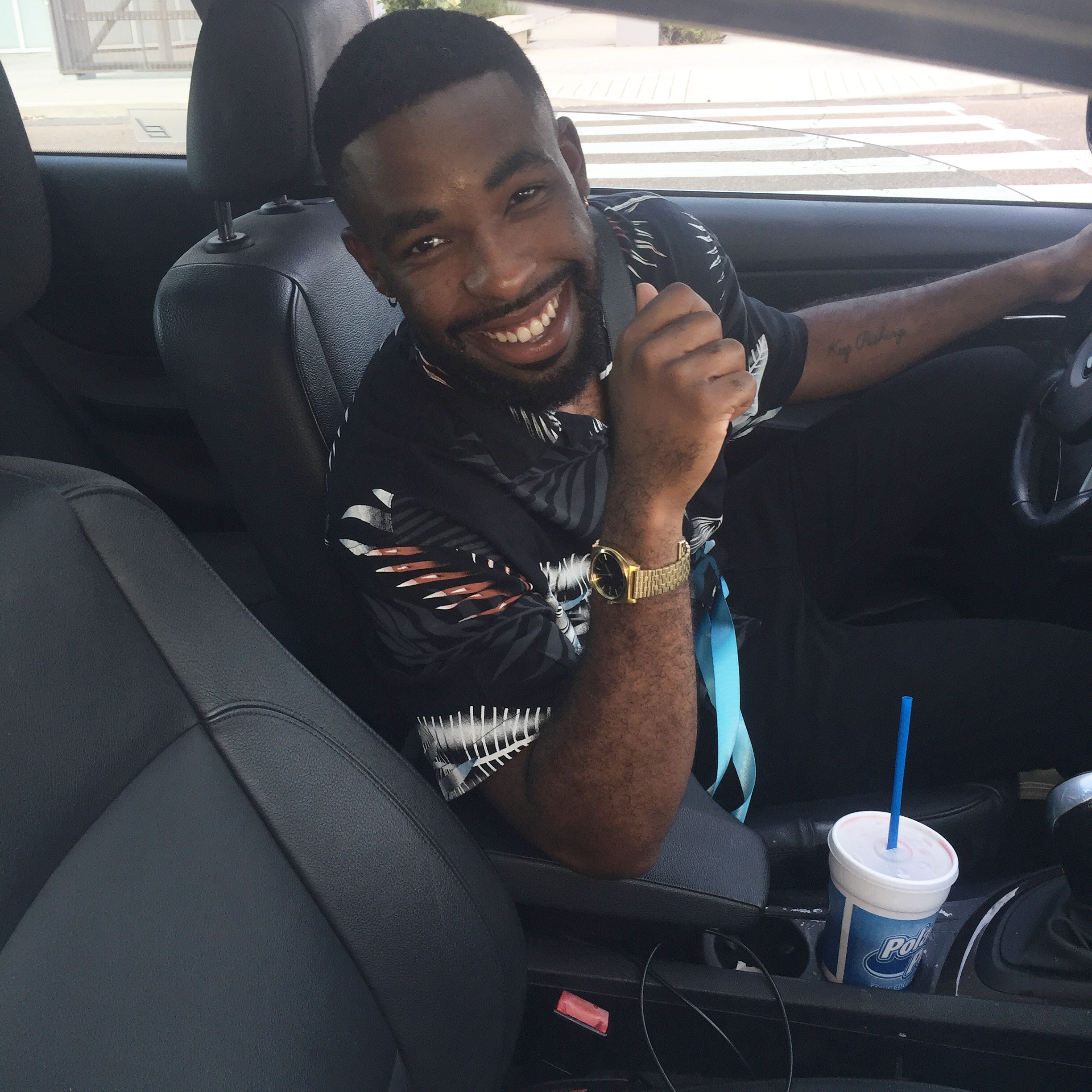 Michael Donahue
Michael Donahue 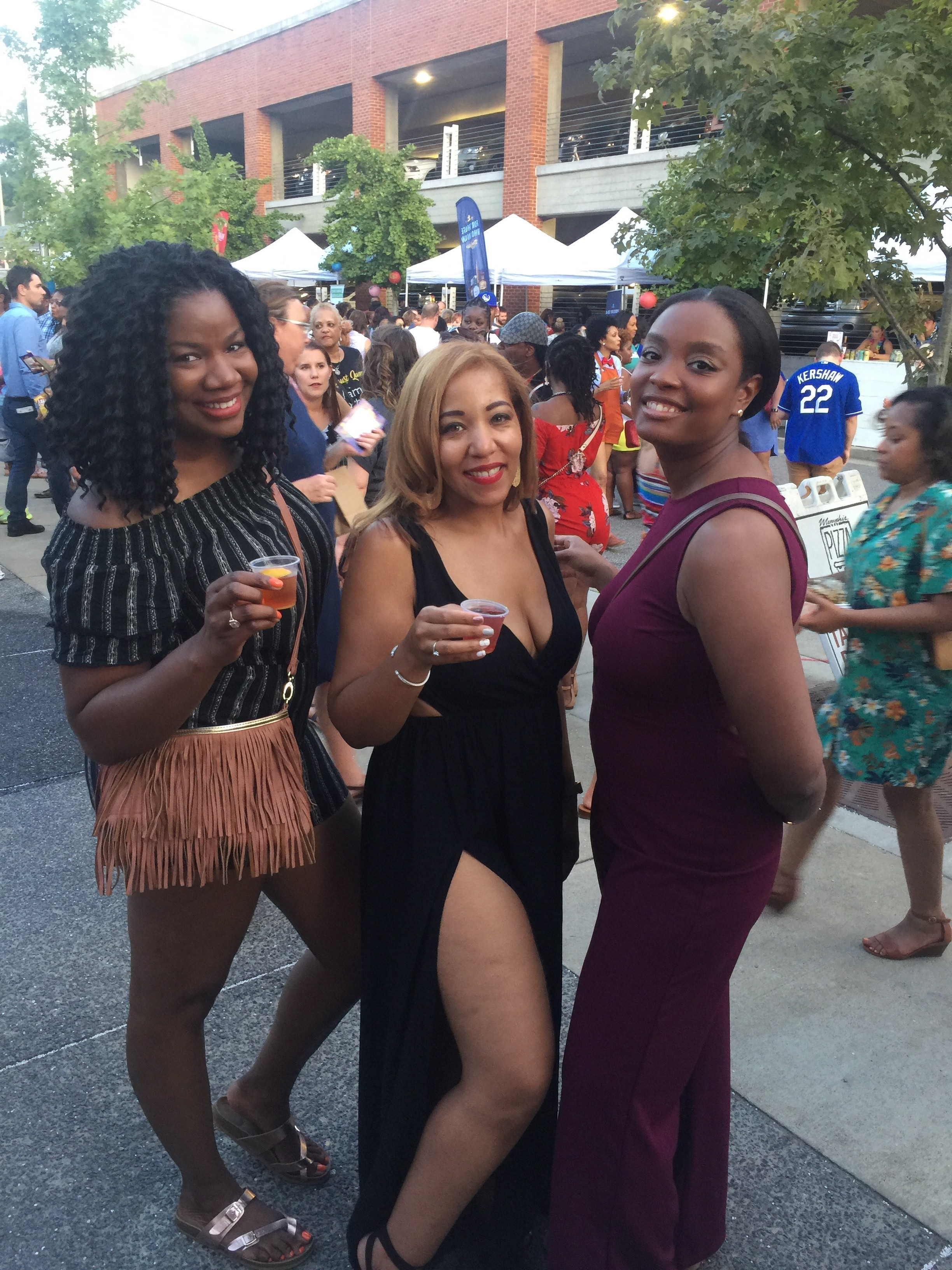 Michael Donahue
Michael Donahue 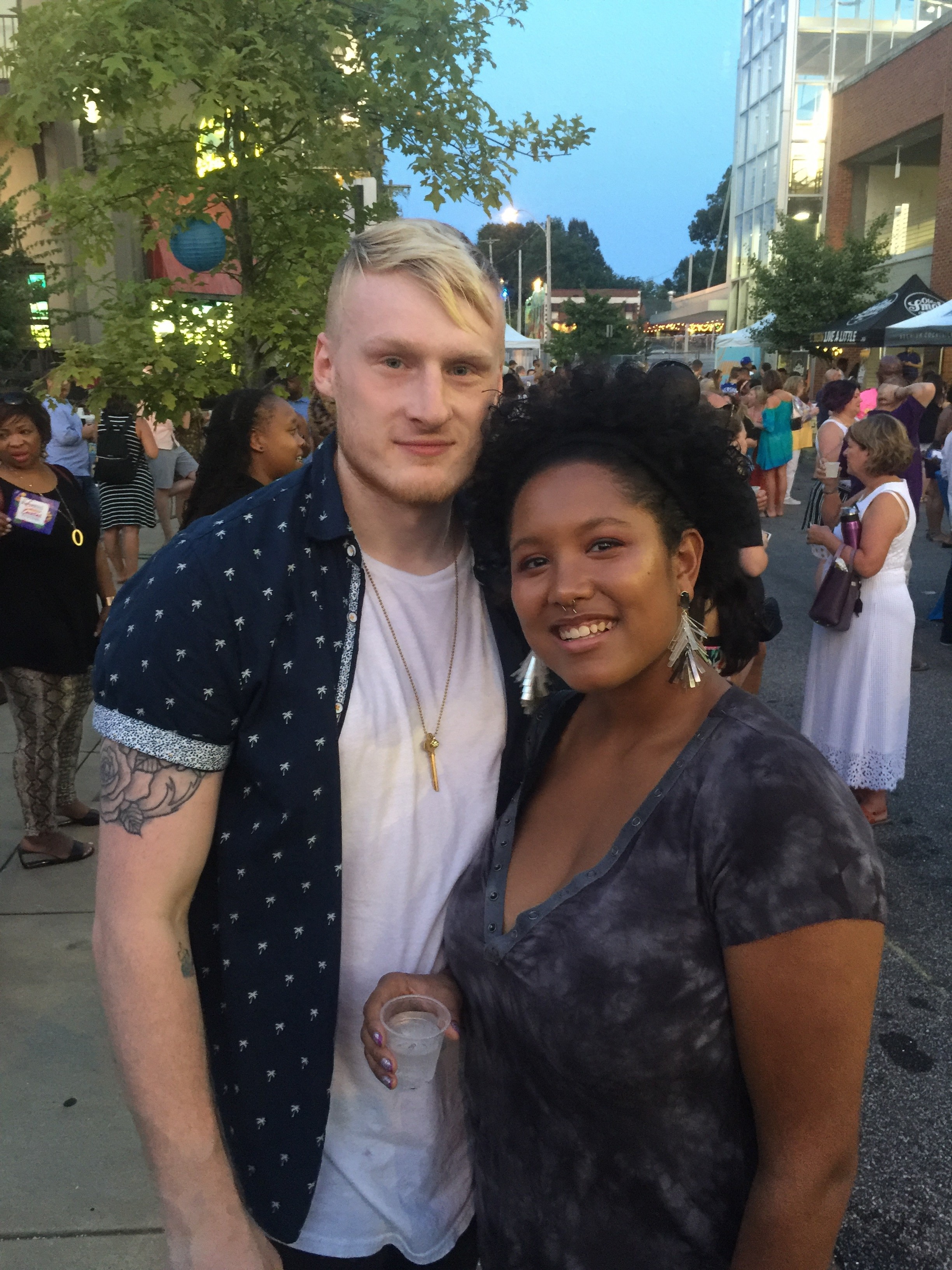 Michael Donahue
Michael Donahue  Michael Donahue
Michael Donahue 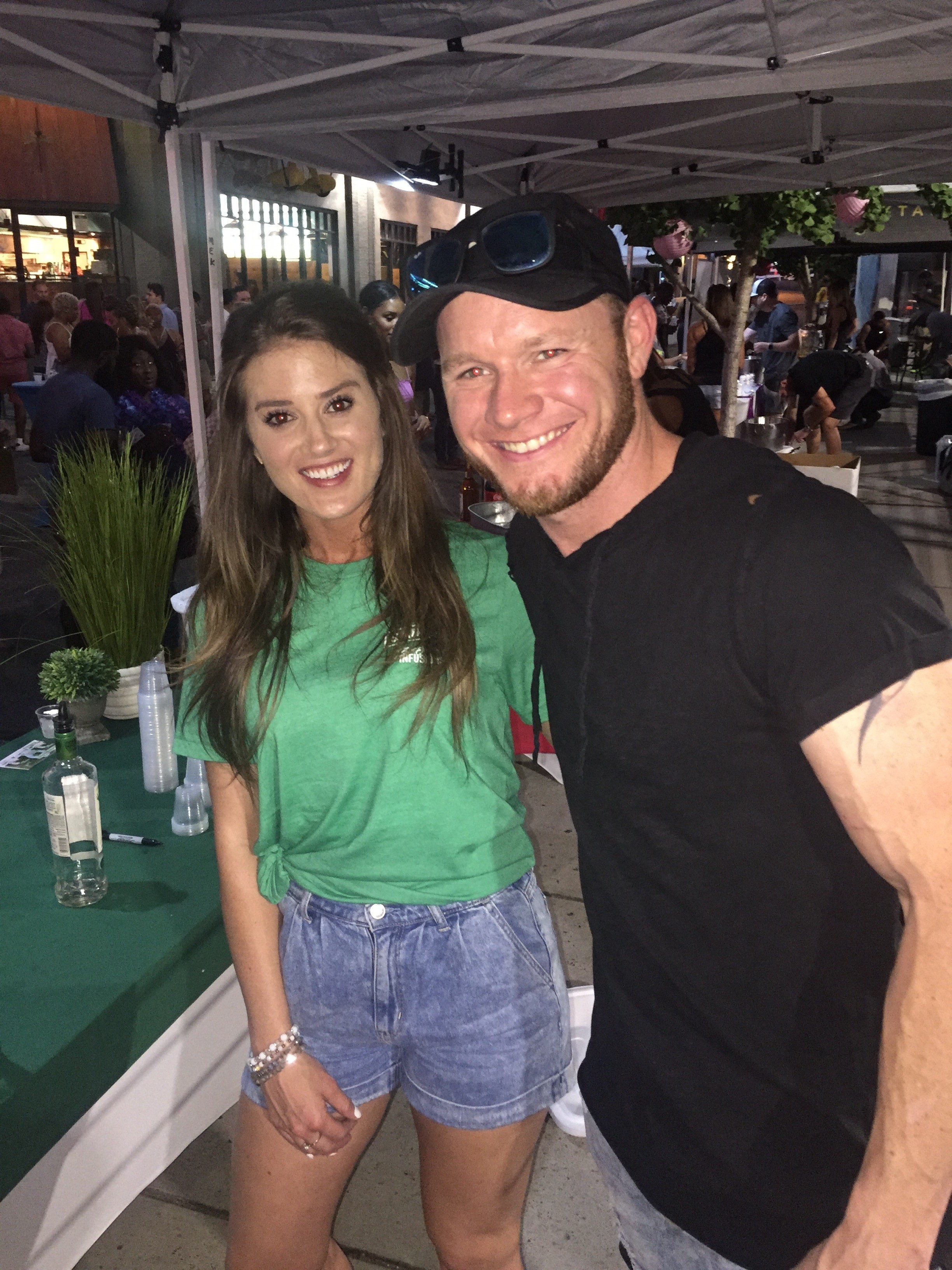 Michael Donahue
Michael Donahue  Michael Donahue
Michael Donahue 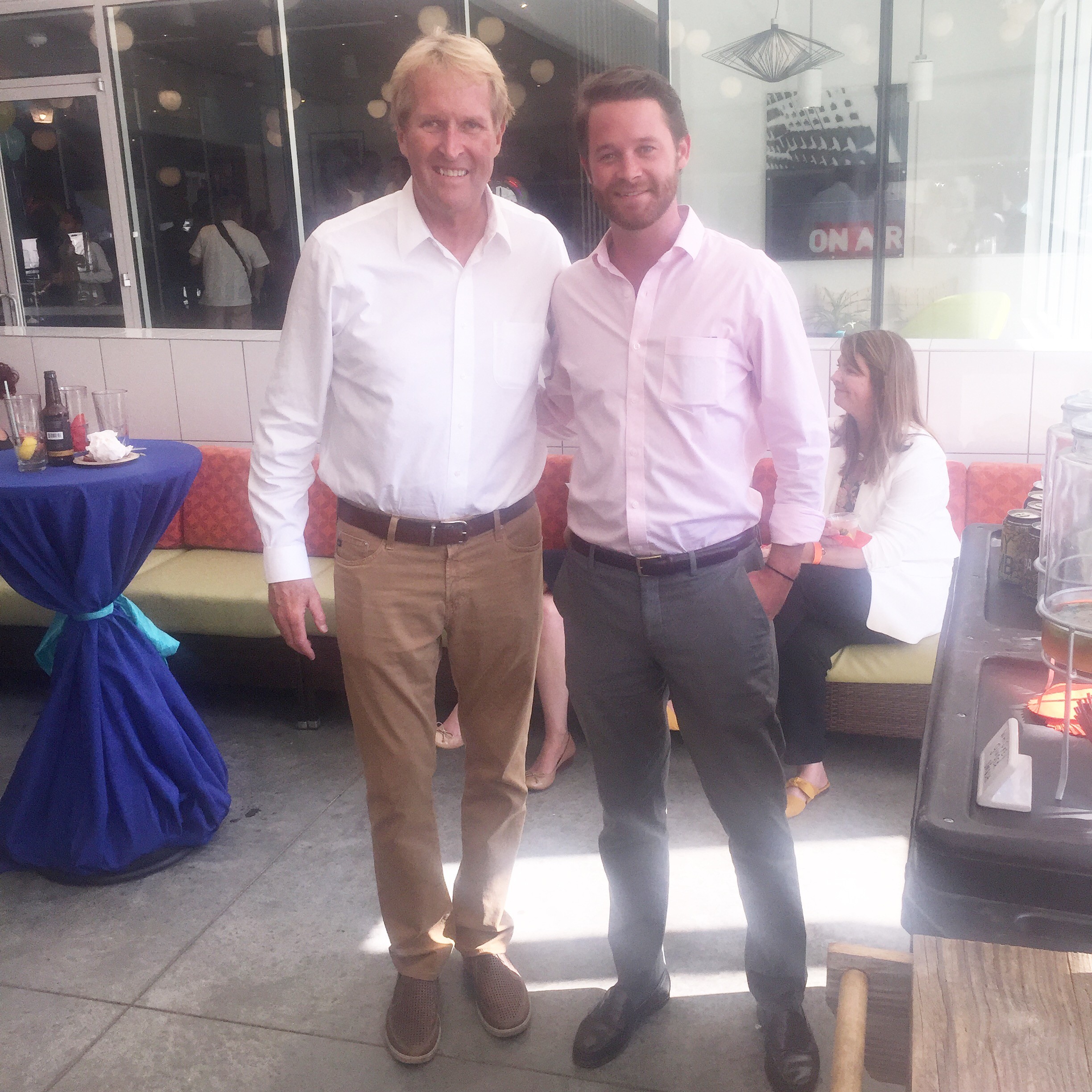 Michael Donahue
Michael Donahue  Michael Donahue
Michael Donahue 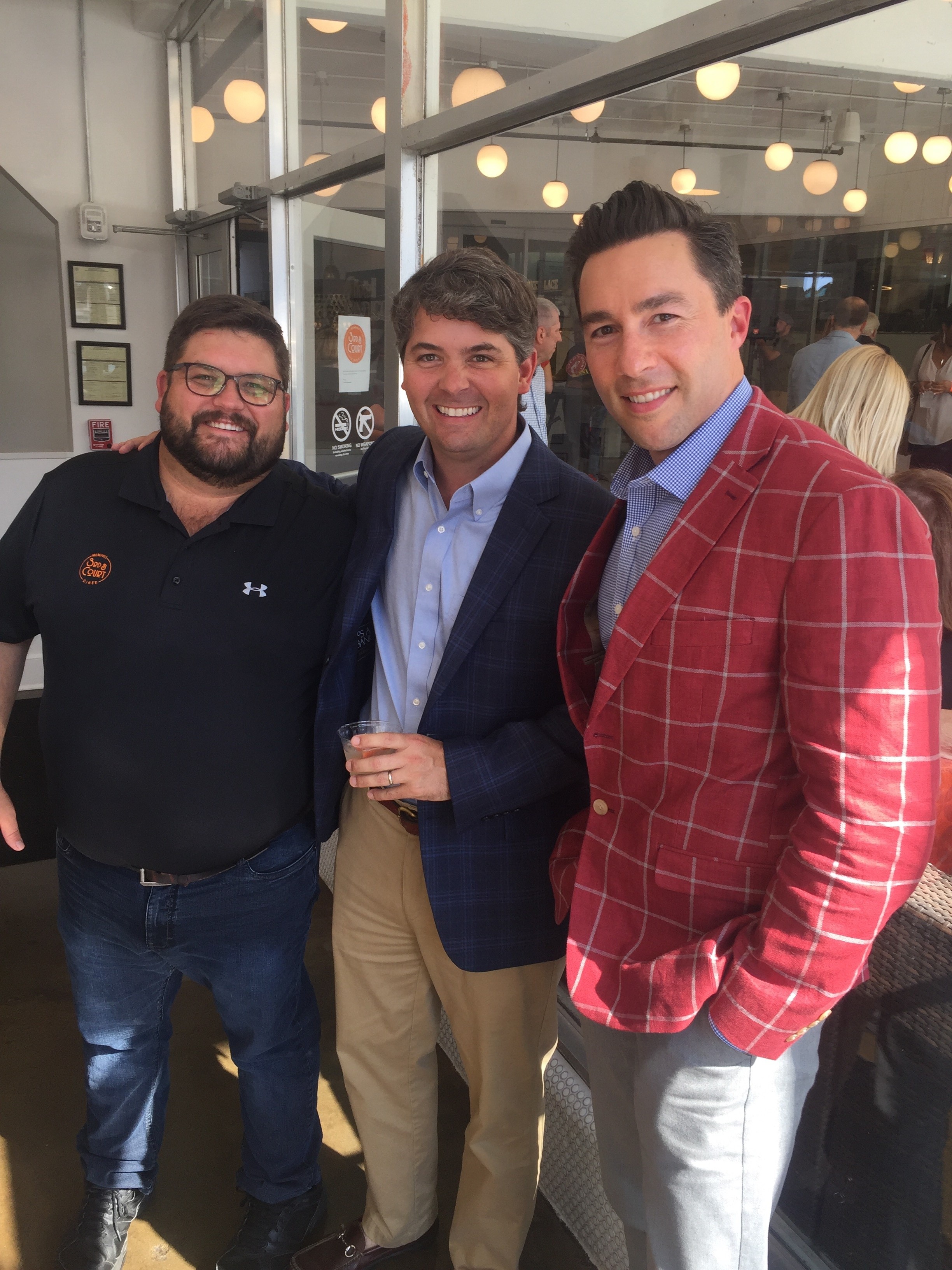 Michael Donahue
Michael Donahue  Michael Donahue
Michael Donahue 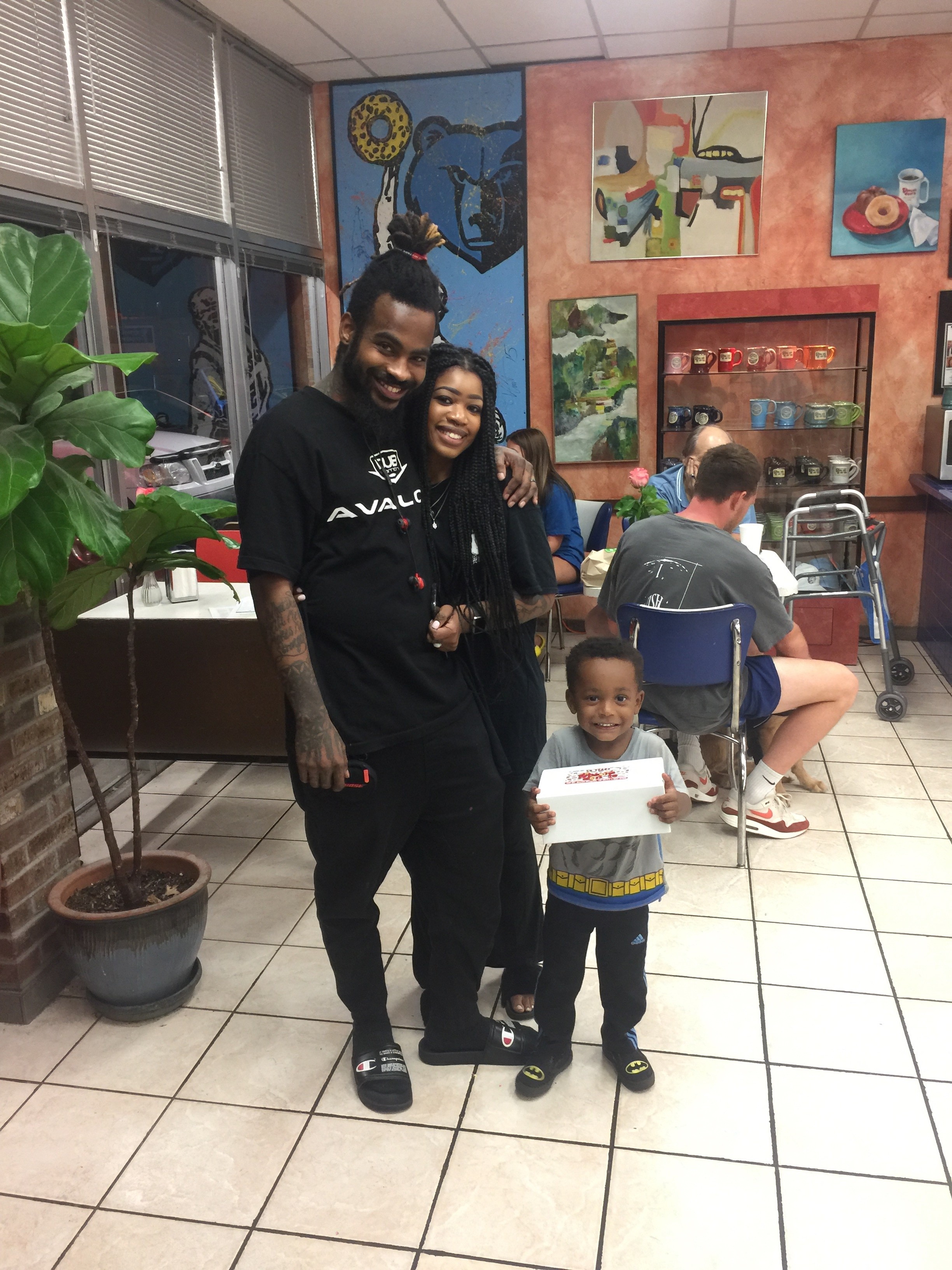 Michael Donahue
Michael Donahue  Michael Donahue
Michael Donahue  Michael Donahue
Michael Donahue 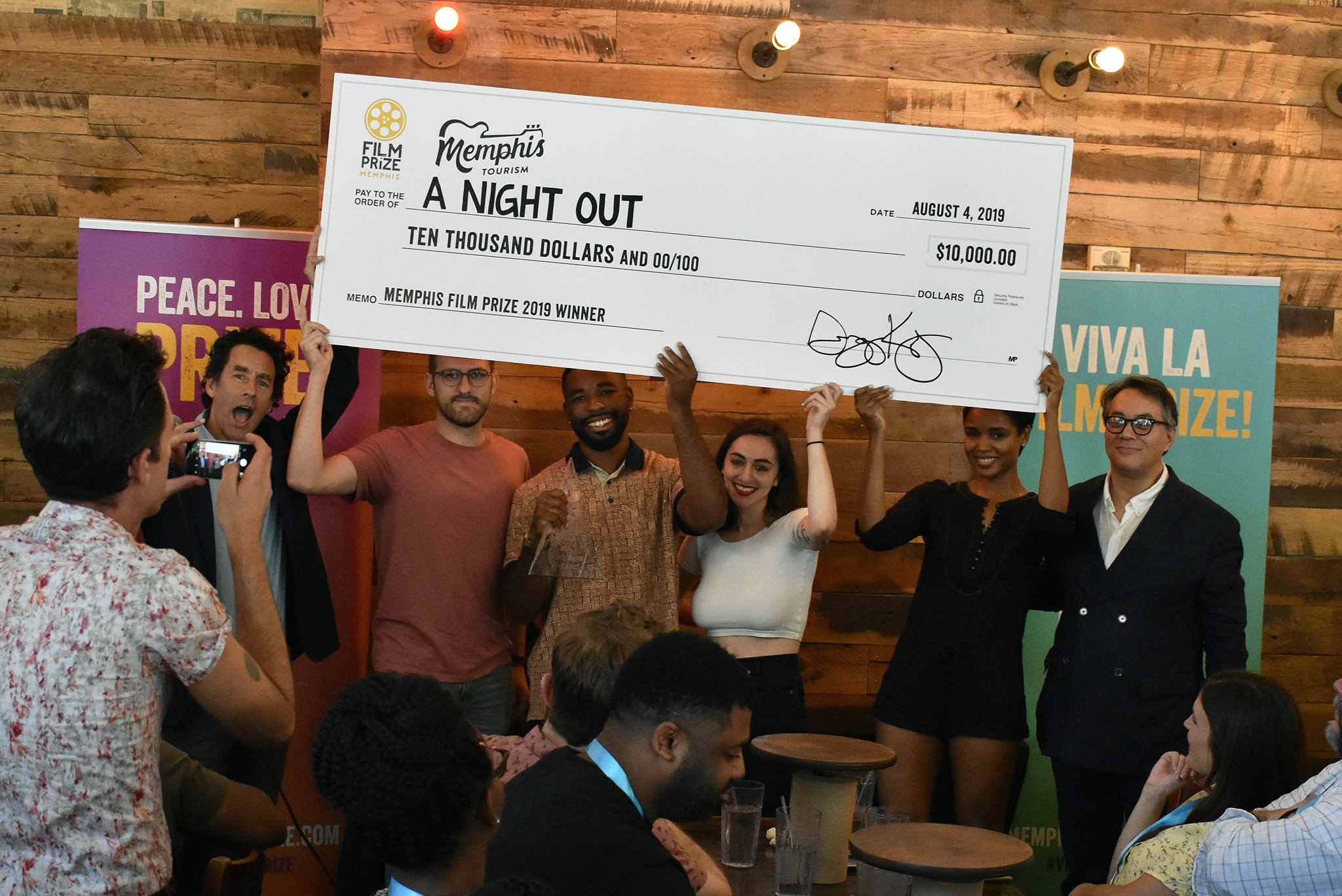 Courtesy Memphis Film Prize
Courtesy Memphis Film Prize